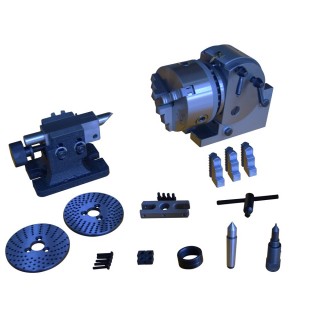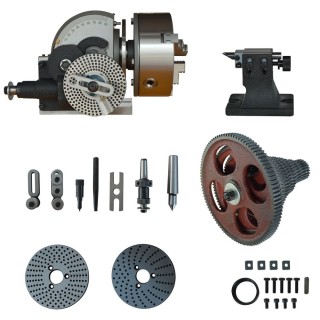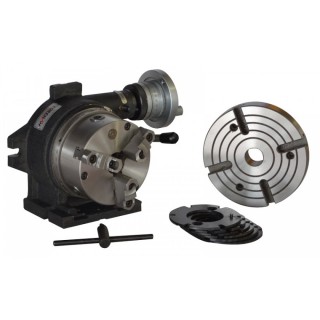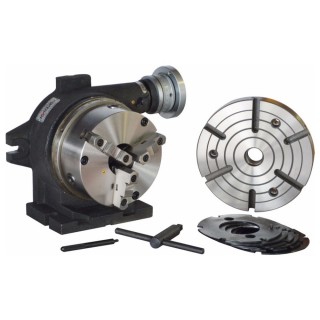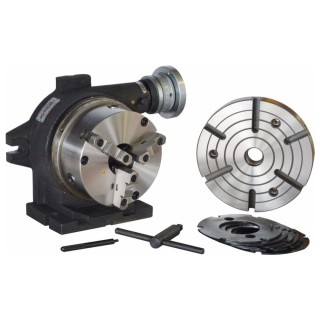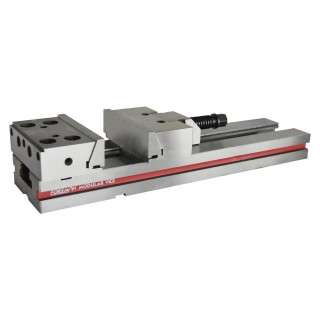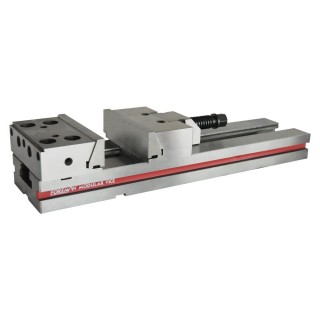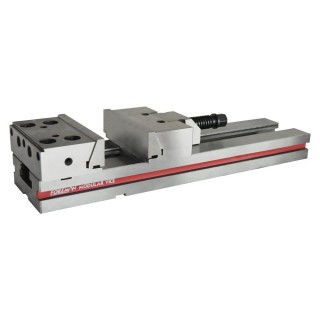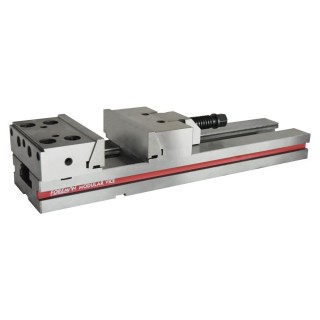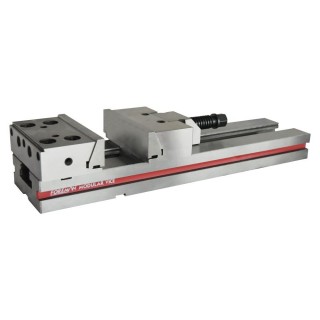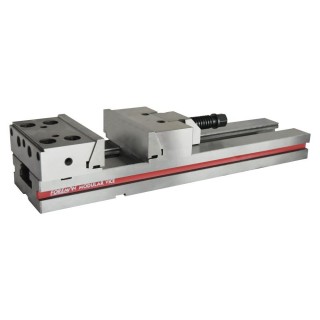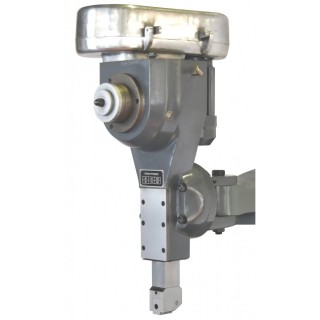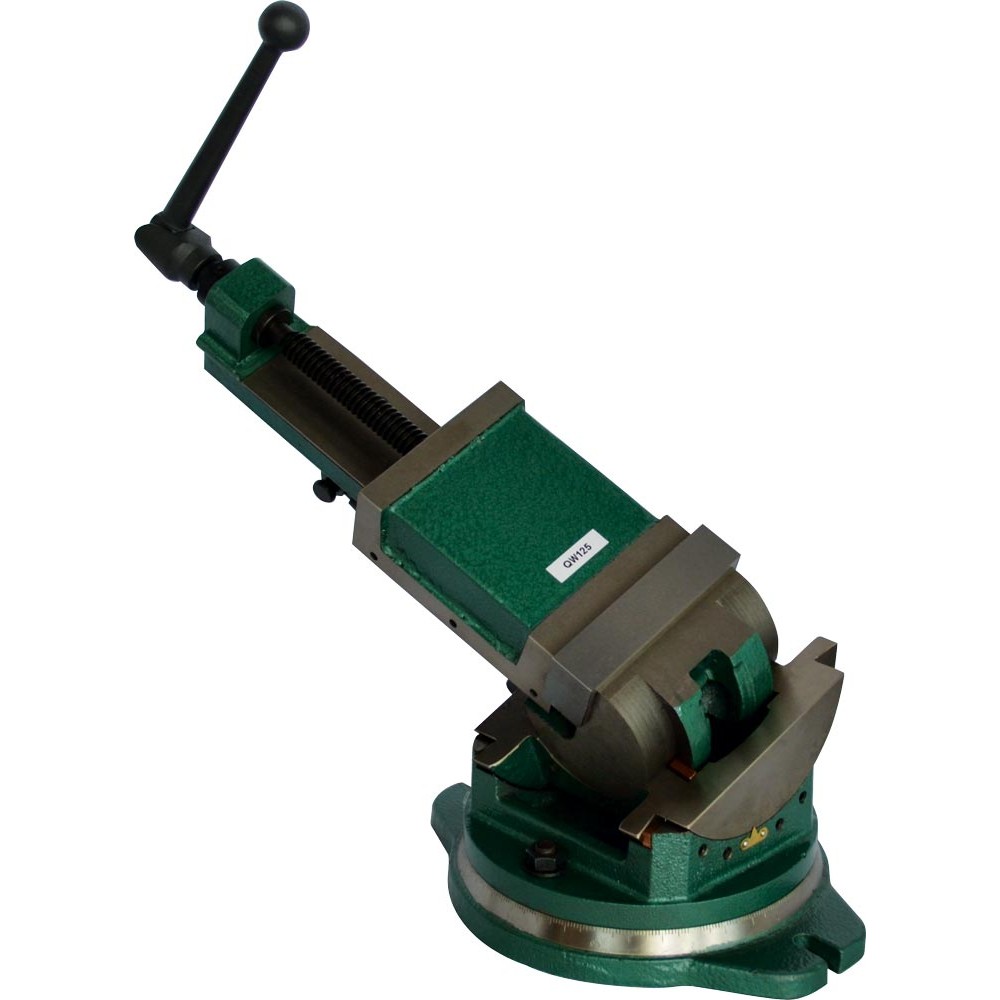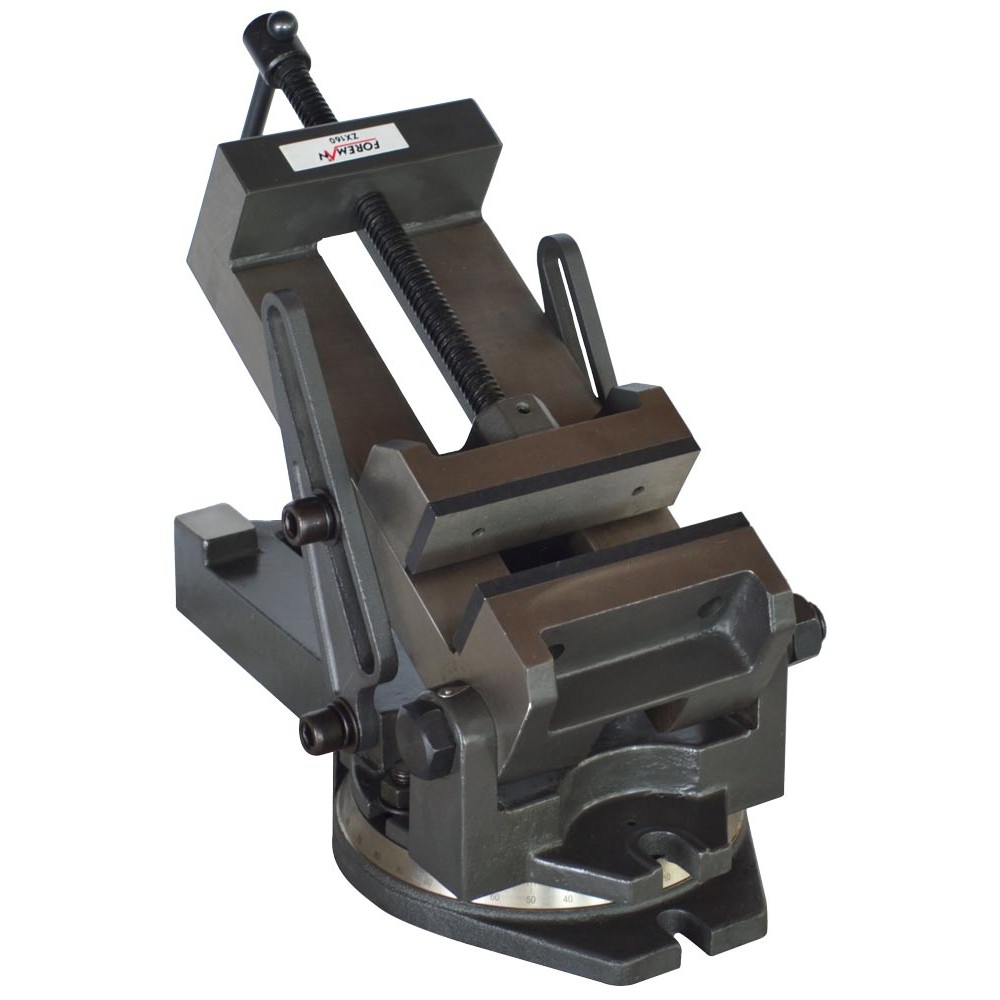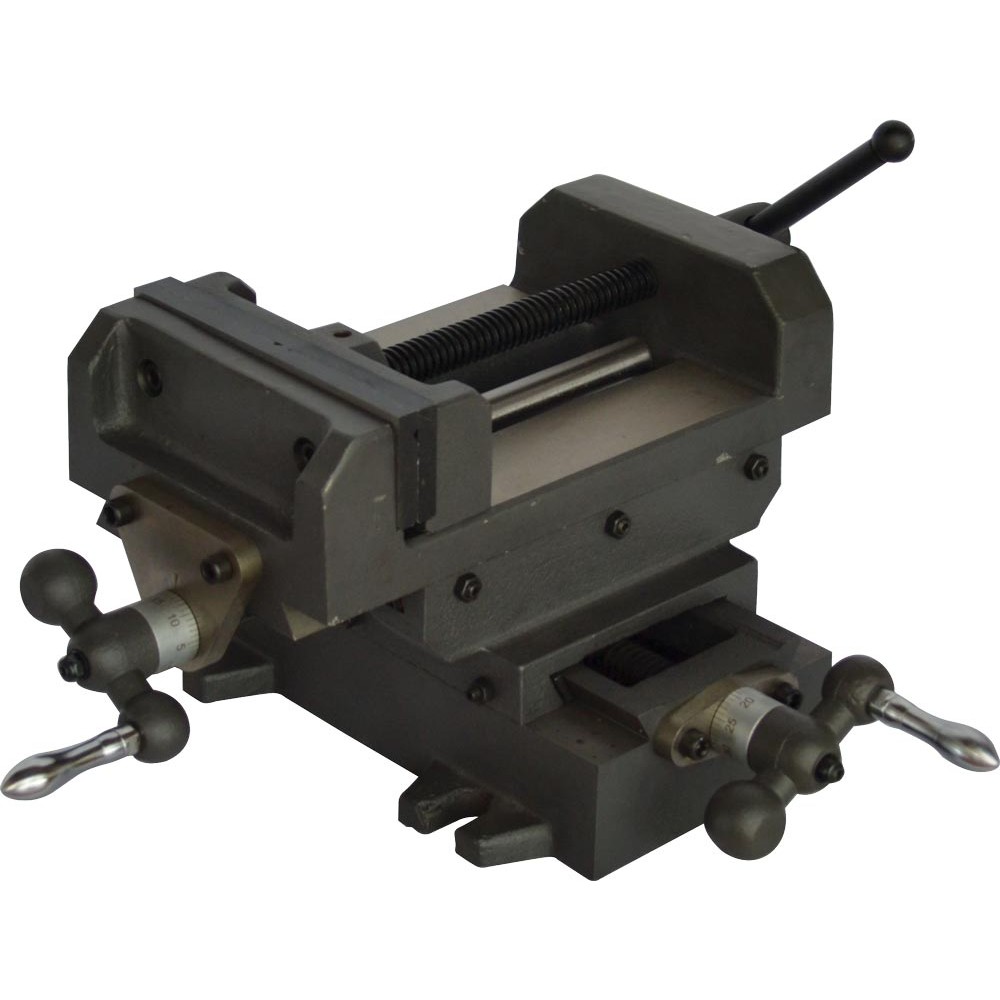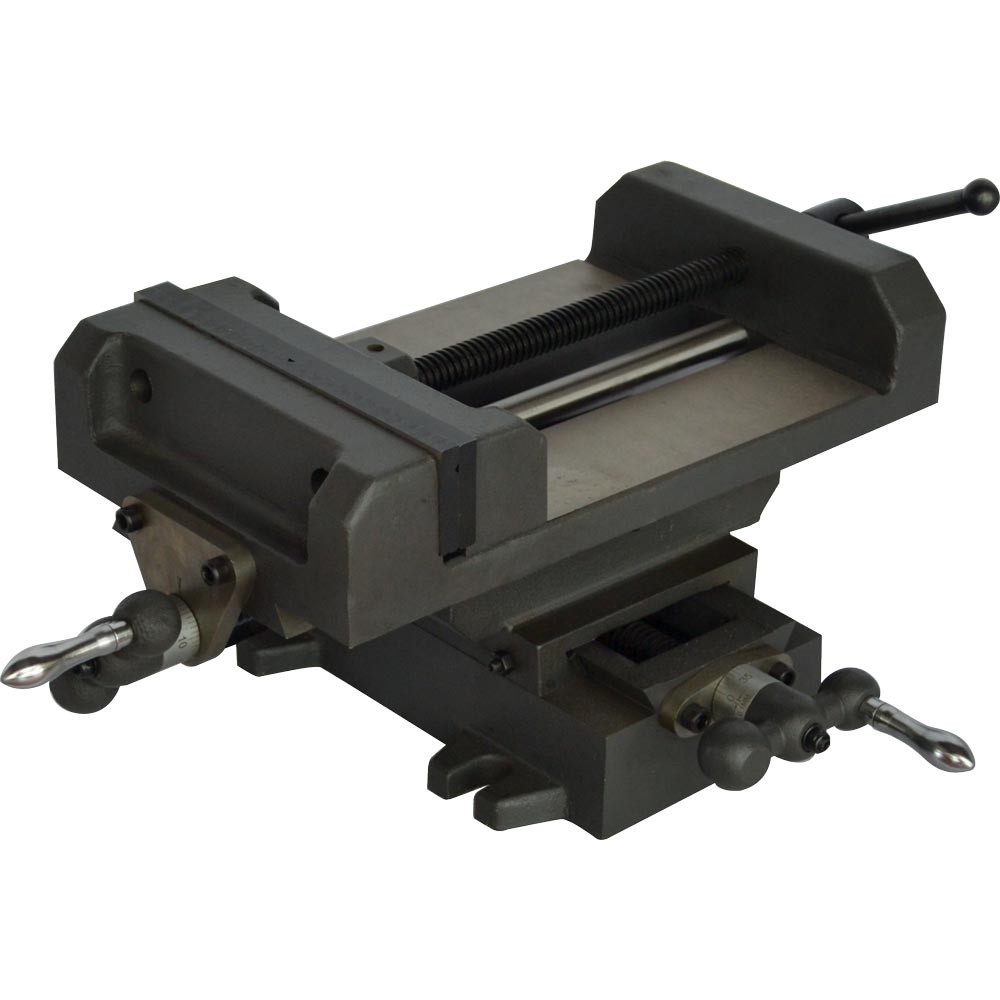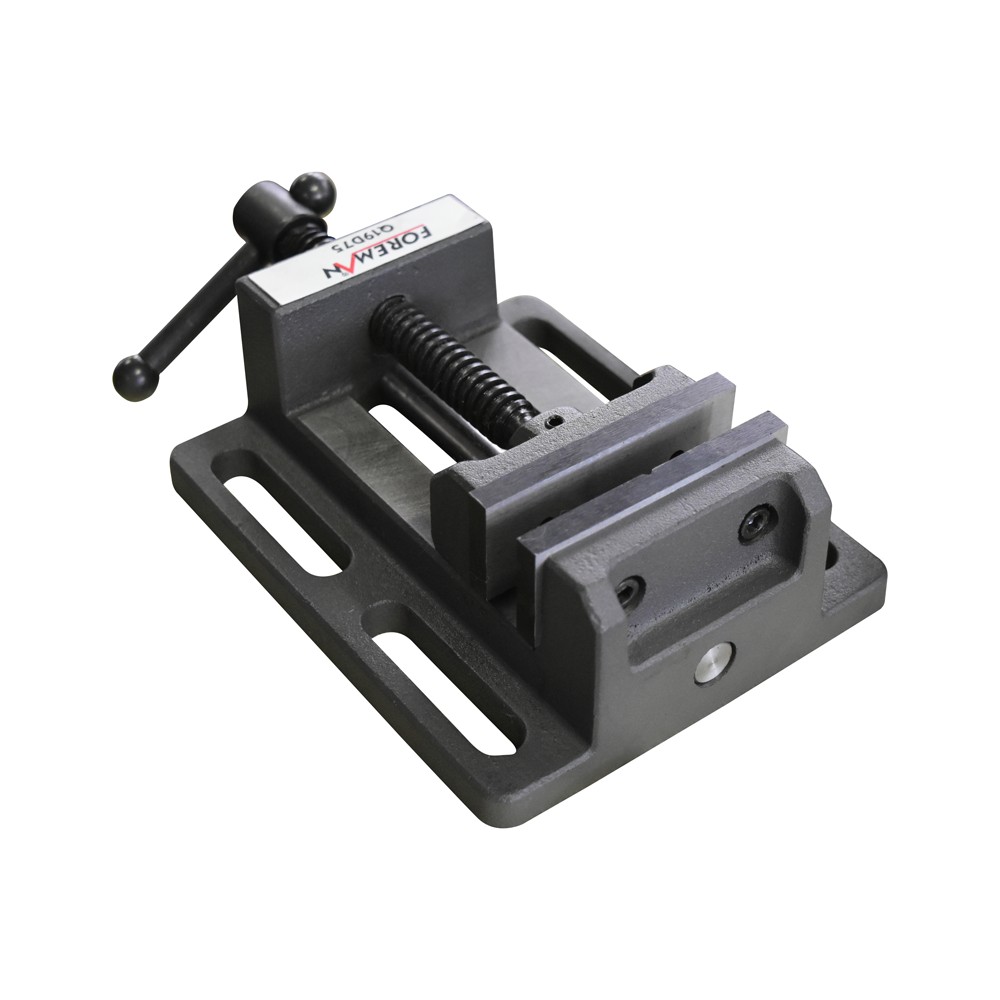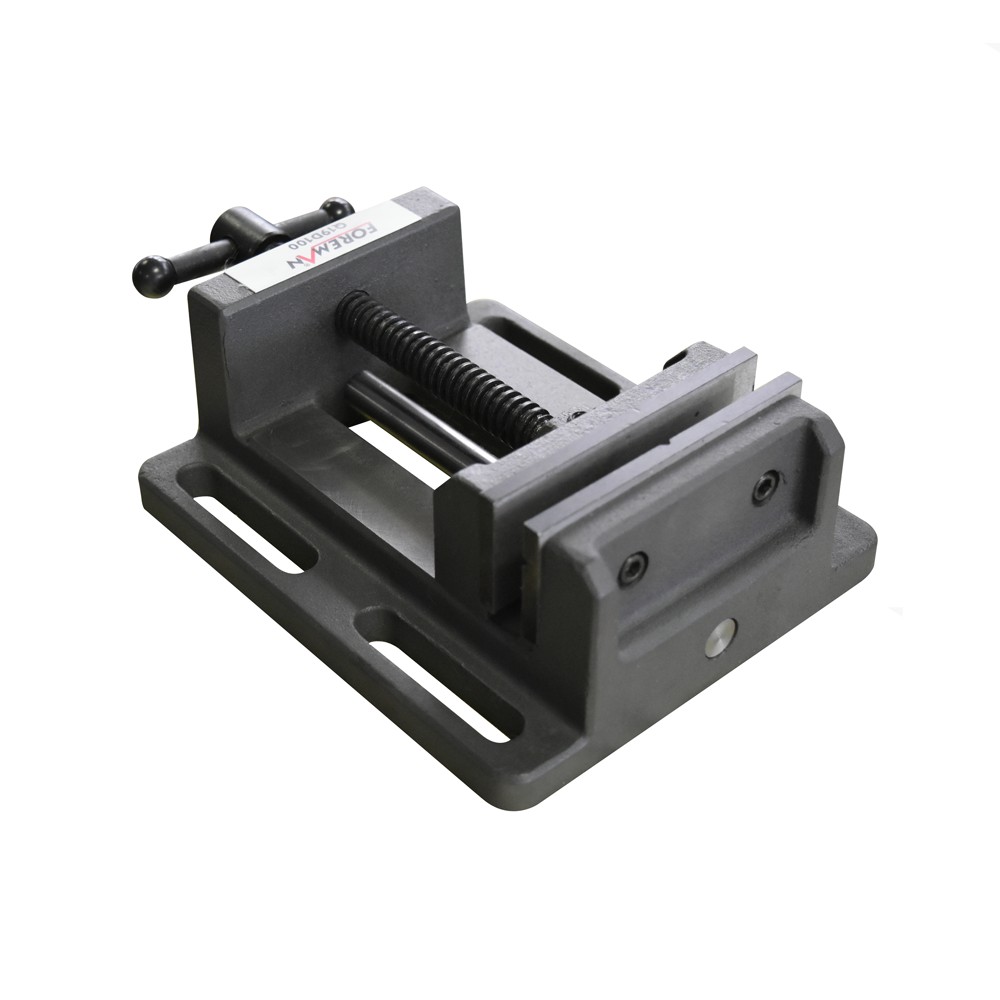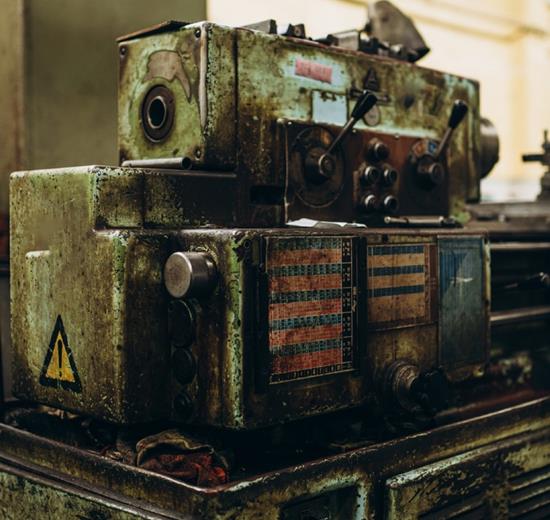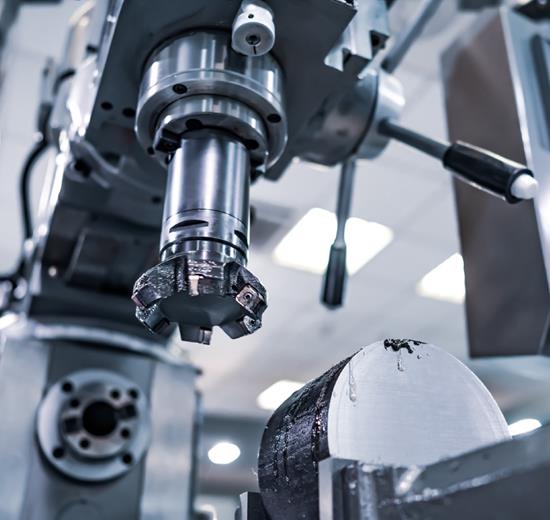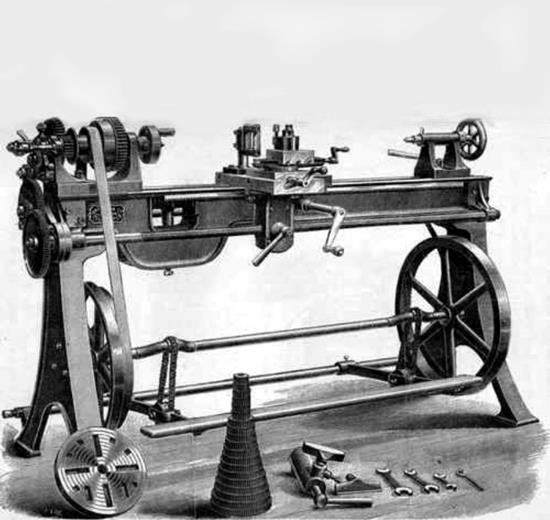Jaw Width 160 mm
Jaw Maximum Opening 130 mm
360 Degree Rotatable Body
High Quality Casting Body
Jaw Width 200 mm
Jaw Maximum Opening 130 mm
360 Degree Rotatable Body
High Quality Casting Body
Jaw Width 250 mm
Jaw Maximum Opening 315 mm
360 Degree Rotatable Body
High Quality Casting Body
Jaw Width 160 mm
Jaw Maximum Opening 160 mm
High Quality Casting Body
High Sensitivity
Jaw Width 100 mm
Jaw Maximum Opening 85 mm
90 Degree Rotatable Body
High Quality Casting Body
Jaw Width 125 mm
Jaw Maximum Opening 100 mm
90 Degree Rotatable Body
High Quality Casting
Jaw Width 155 mm
Jaw Maximum Opening 190 mm
Two Angle Vise
Grey Casting Body
Jaw Width 155 mm
Jaw Maximum Opening 155 mm
Replaceable Steel Jaws
High Quality Casting Body
Jaw Width 210 mm
Jaw Maximum Opening 210 mm
Replaceable Steel Jaws
High Quality Casting Body
Jaw Width 80 mm
Jaw Maximum Opening 80 mm
Replaceable Steel Jaws
Lightweight Model Die-Cast Body
Jaw Width 106 mm
Jaw Maximum Opening 109 mm
Replaceable Steel Jaws
Lightweight Model Die-Cast Body
SIK SORULAN SORULAR
A vice is a clamping tool, usually used to stabilise workpieces and ensure that they do not move during machining. The vice is usually mounted on a workbench and holds the workpiece firmly, making it possible to perform operations such as drilling, cutting, milling or turning safely and precisely.
Foreman vices are available in various sizes and capacities, providing flexibility for machining different workpieces. Vices are categorised according to the jaw opening.
Vices are used in various areas such as machine shops, mould production, milling machines, drill machines, grinding machines, electronic assembly and repair.
Vices are preferred for fixing workpieces in various industrial and workshop jobs. The main reasons behind this preference are as follows:
1. Safety
Accident Prevention: Prevents accidents during operations by preventing workpieces from moving.
Providing Stability: Creates a safe working environment by keeping the workpiece stable.
2. Sensitivity
Correct Alignment: Ensures correct alignment of workpieces. Critical for precision machining operations.
Holding Power: It holds the workpiece firmly and prevents it from slipping during operations, resulting in more precise and accurate results.
3. Productivity
Easy and Fast Fixing: It provides fast and easy fixing of workpieces, thus increasing work efficiency.
Continuous Use: They are designed for intensive and continuous use, which speeds up the production process.
4. Versatility
Different Workpieces: They can handle workpieces of different sizes and shapes.
Various Operations: They can be used for various operations such as cutting, drilling, milling, grinding.
Adjustable: Its jaws and other parts are adjustable, which provides flexibility for different operations.
5. Endurance
Robust Construction: They are usually manufactured from durable materials such as steel or cast iron, which ensures a long service life.
Abrasion Resistance: Their high abrasion resistance ensures that their performance does not decrease even in long-term use.
6. Vibration Absorption
Vibration Reduction: Especially grey cast iron vises absorb vibrations well, resulting in fewer errors and higher quality during machining.
The vice is an indispensable tool for the safe, precise and efficient fixing of workpieces. Therefore, it has a wide range of uses, from workshops to industrial production facilities.
Vise Assembly: The vise must be securely mounted to the workbench to be used (milling, drilling, grinding, etc.). The base of the vice must fit perfectly on the surface of the workbench and be securely fixed.
Opening the Jaws: Open the fixed and movable jaws of the vice according to the size of the workpiece. This is usually done with the help of a screw or lever on the side of the vise.
Inserting the Workpiece: Place the workpiece between the jaws of the vise.
Make sure that the workpiece is positioned evenly and horizontally.
Tightening the Jaws: Clamp the movable jaw by pushing the workpiece against the stationary jaw.
Tighten the jaws slowly and carefully using the fine adjustment screws or lever. Make sure the workpiece is held firmly and steadily.
Check and Adjust: Make sure that the workpiece is in the correct position and that the jaws are tight enough. If necessary, readjust the tightness and position of the jaws with the fine adjustment screws.
Machining Preparation: After making sure that the vice is correctly adjusted and the workpiece is firmly fixed, you can start machining operations.
Safety: Make sure that the vise is held firmly to prevent the workpiece from slipping or moving during machining operations.
Maintenance: Clean and maintain the vise regularly to ensure proper operation.
These steps will help you set up your precision steel vise correctly and safely.
There are some important factors to consider when purchasing a vise. Here are the main points to consider when choosing the right vise:
1. Intended Use
Type of Job: Determine what type of work you will use it for (e.g., metalworking, woodworking, precision work, heavy industrial work).
Workpiece Size: Consider the size and weight of the workpieces you will hold.
2. Vise Type
Bench Vise: Suitable for general purpose use.
Machine Vise: Ideal for heavy and large workpieces.
Rotary Vise: Offers flexibility to work at different angles.
Pipe Vise: Especially designed for pipe and round workpieces.
3. Material and Construction
Material Quality: Choose a vise made of durable and sturdy materials.
Structure Stability: Make sure that the overall structure of the vice is solid and stable.
4. Jaw Width and Opening
Jaw Width: The width of the jaws should be wide enough to comfortably hold your workpieces.
Jaw Opening: The opening distance of the jaws should be wide enough to hold your largest workpieces.
5. Precision
Parallelism and Squareness Accuracy: For high precision work, pay attention to the parallelism and squareness accuracy of the jaws. For example, 0.025 mm/100 mm accuracy.
6. Base and Mounting
Fixed Base: It is important that the vice can be securely mounted on the workbench.
Swivel Base: You can choose a vise with a swivel base to hold the workpiece at different angles.
7. Ease of Use
Lever Mechanism: It is important that the arm mechanism of the vice is comfortable and easy to use.
Adjustment Mechanisms: Easy adjustment of the jaws and base speeds up your work.
8. Maintenance and Durability
Wear Resistance: The vice is resistant to abrasion, ensuring a long service life.
Easy Maintenance: Easy maintenance of the vise is also an important factor.
9. Price
Budget: A quality vise will generally be more economical as it will cause fewer problems in the long run.
10. Brand and Reviews
Reliable Brand: Choosing known and reliable brands increases your chances of getting a quality product.
User Reviews: Learn about the vise by reading user comments and reviews.
By paying attention to these factors, you can choose the most suitable vise for your needs and perform your work more safely and efficiently.
Cleaning and maintaining the vise is important to ensure its long life and efficient operation.
Cleaning
Safety Precautions: The workpiece and all moving parts of the vise must be stopped and switched off during the cleaning operation.
Remove Visible Dirt: Remove chips, dust and other dirt from the vise surface with a soft brush or air blow gun.
Remove Oil and Grease Residue: Use a suitable solvent or cleaner to remove oil and grease residue from the vise surface. Wipe with a cleaning cloth or soft sponge.
Cleaning the Jaws: Carefully clean between the jaws of the vise. Check and clean this area regularly to prevent chips and dirt from entering the jaw mechanism.
Maintenance
Regular Checks: Check all parts of the vise regularly. Replace worn or damaged parts in time.
Lubrication: Lubricate the moving parts of the vise regularly. This ensures smooth movement of the jaws and trouble-free operation of the screw mechanisms.
Use the manufacturer's recommended lubricants for lubrication.
Inspection of Fixed Parts: Check the mounting of the vise to the bench and the attachment points of the fixed parts. Tighten loosened screws.
Rust Prevention: Vise steel must be protected against rust. You can prevent the vice from rusting by using anti-rust sprays or oils.
Avoid Overloads: Avoid loads that exceed the capacity of the vise. Excessive pressure may cause deformation or damage to the vise.
General Recommendations
User Manual: Carefully read and follow the operation and maintenance manual provided by the manufacturer of your vise.
Environmental Conditions: Ensure that the environment in which the vise is located is clean and dry. Damp environments can cause rust and corrosion.
Regular Cleaning and Maintenance: Clean and maintain your vise at regular intervals. This will extend the life of your vice and ensure efficient operation.
By following these steps, you can keep your vises clean and well maintained.
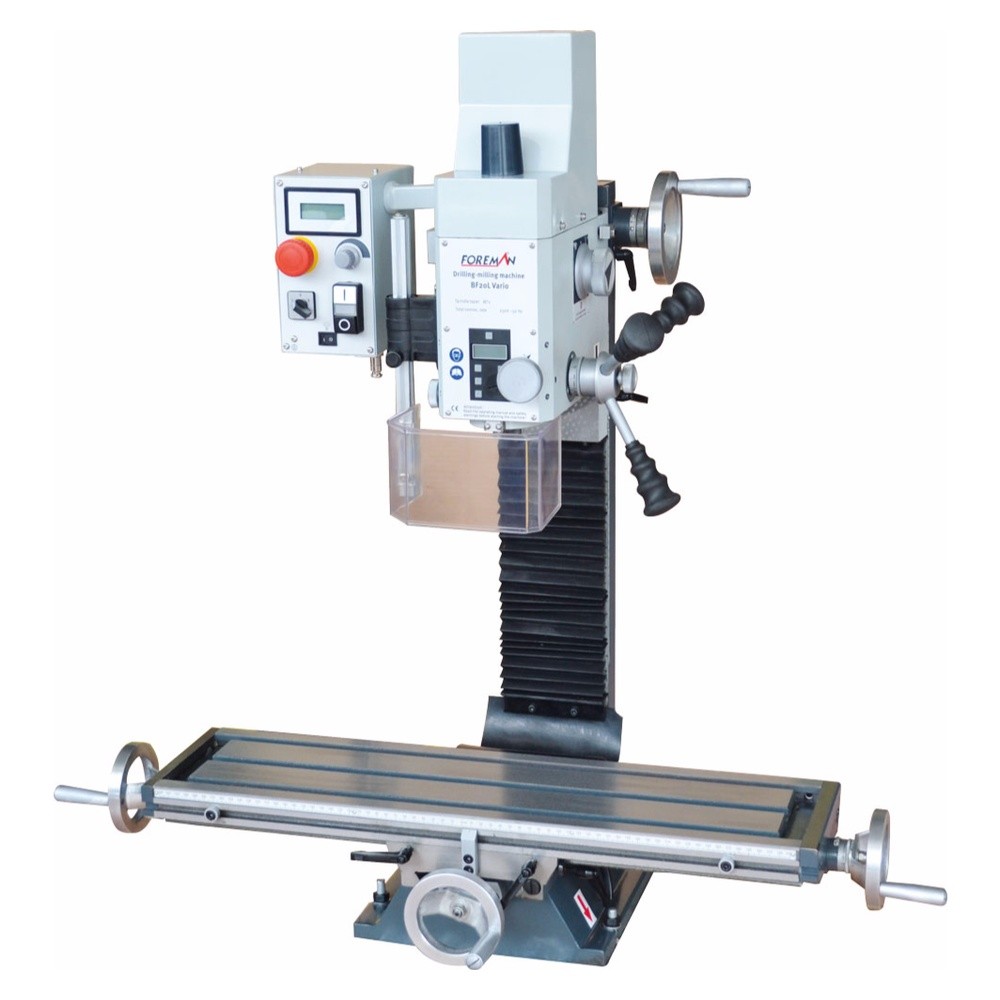
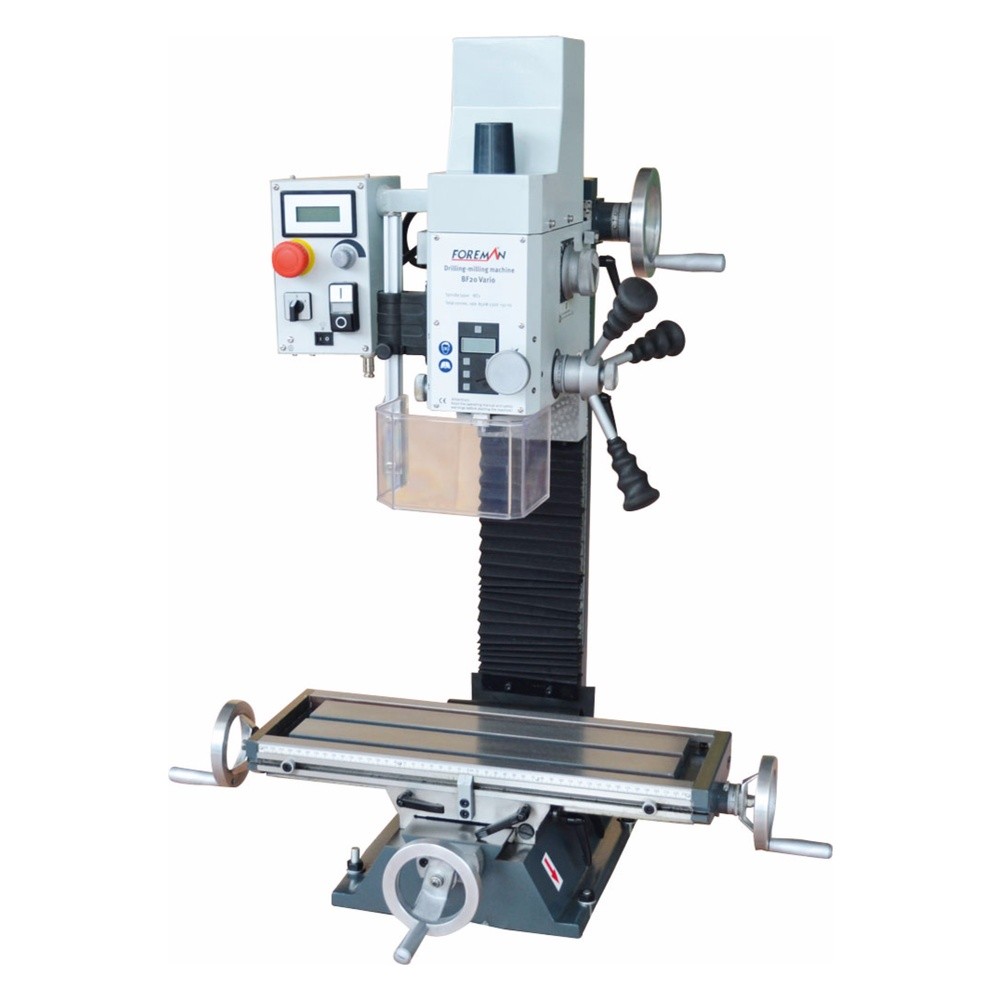
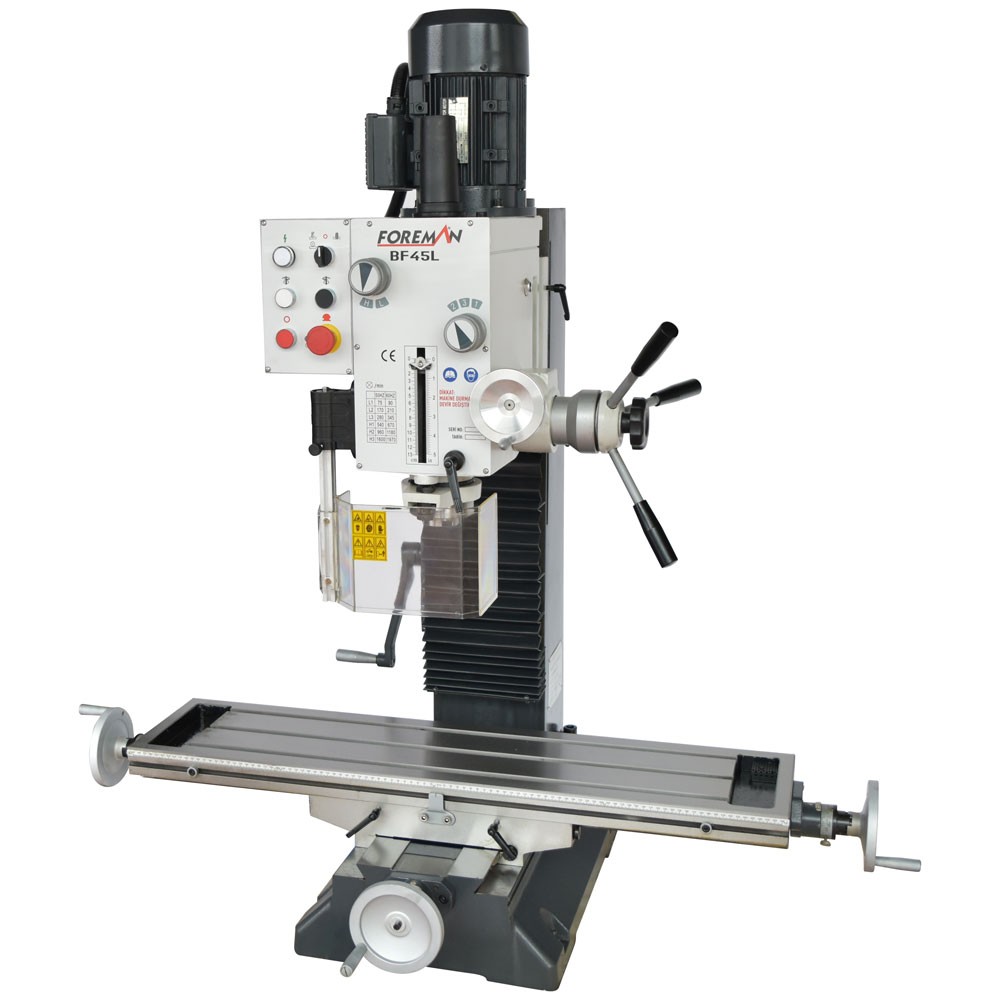
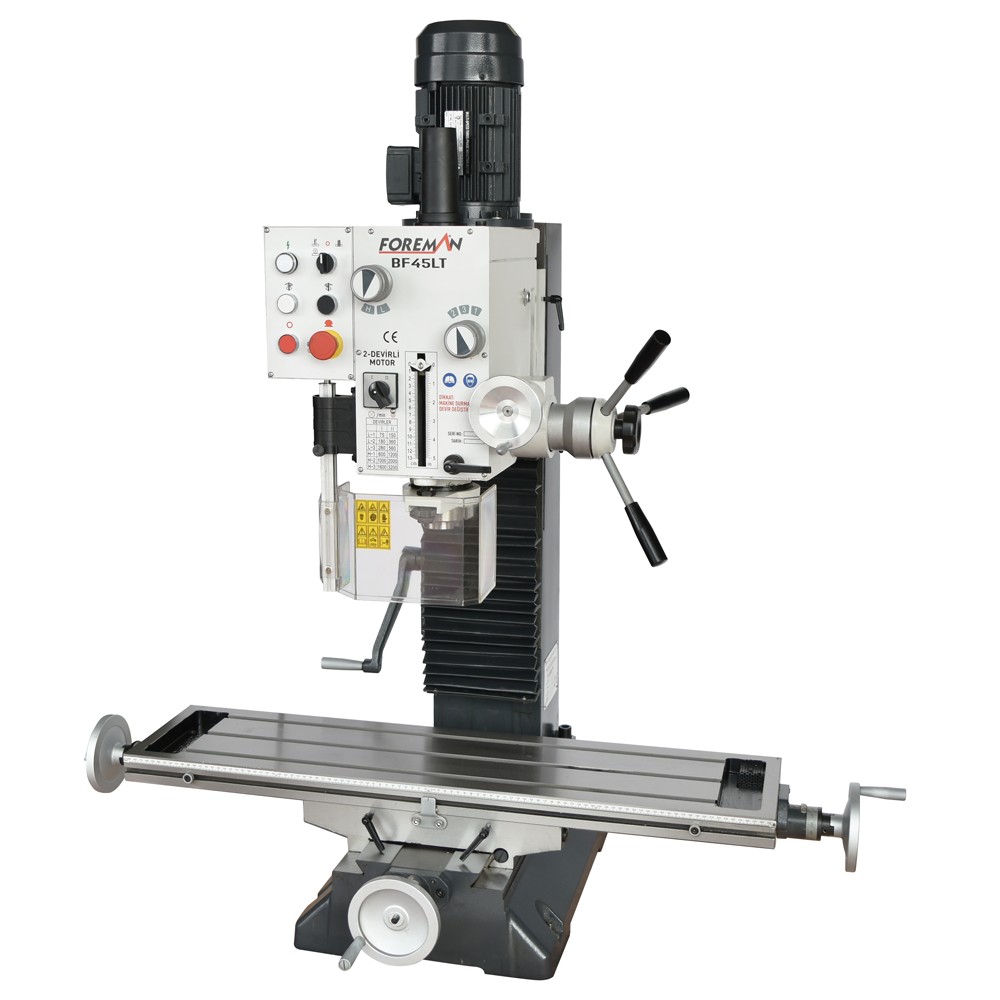
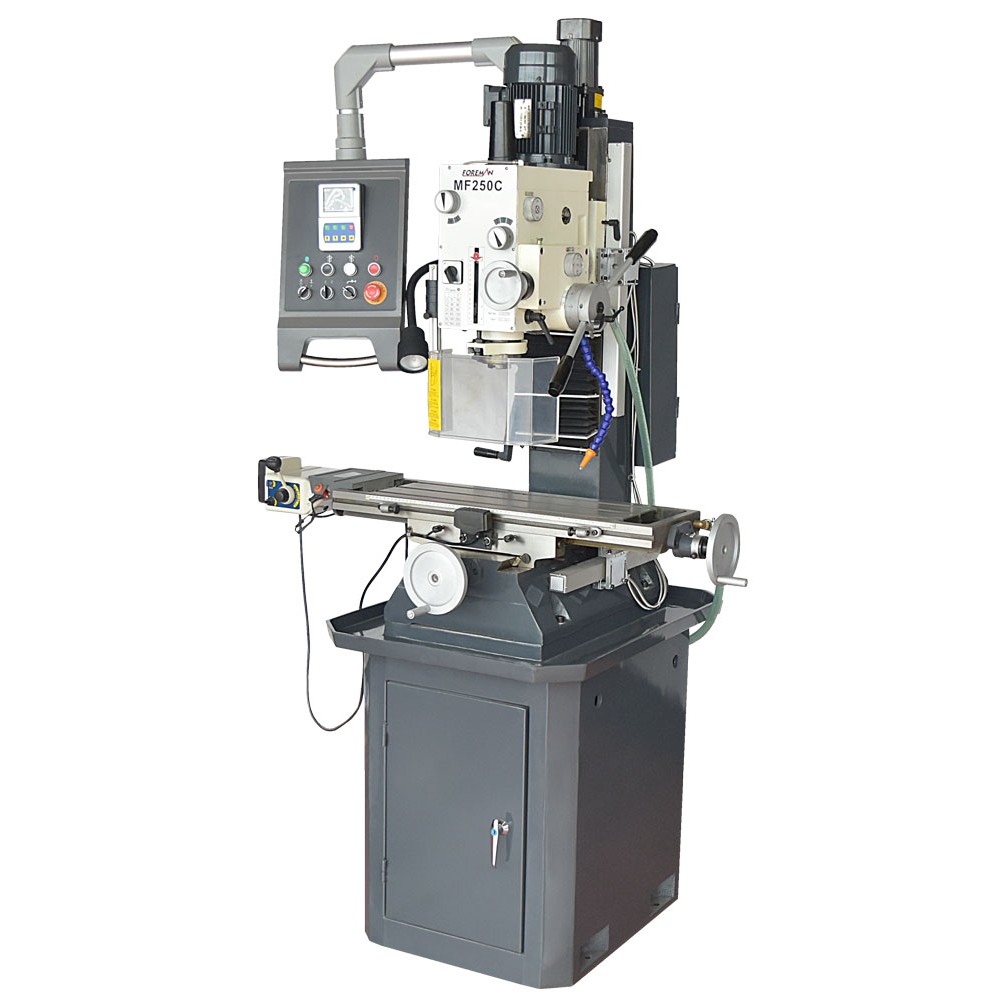
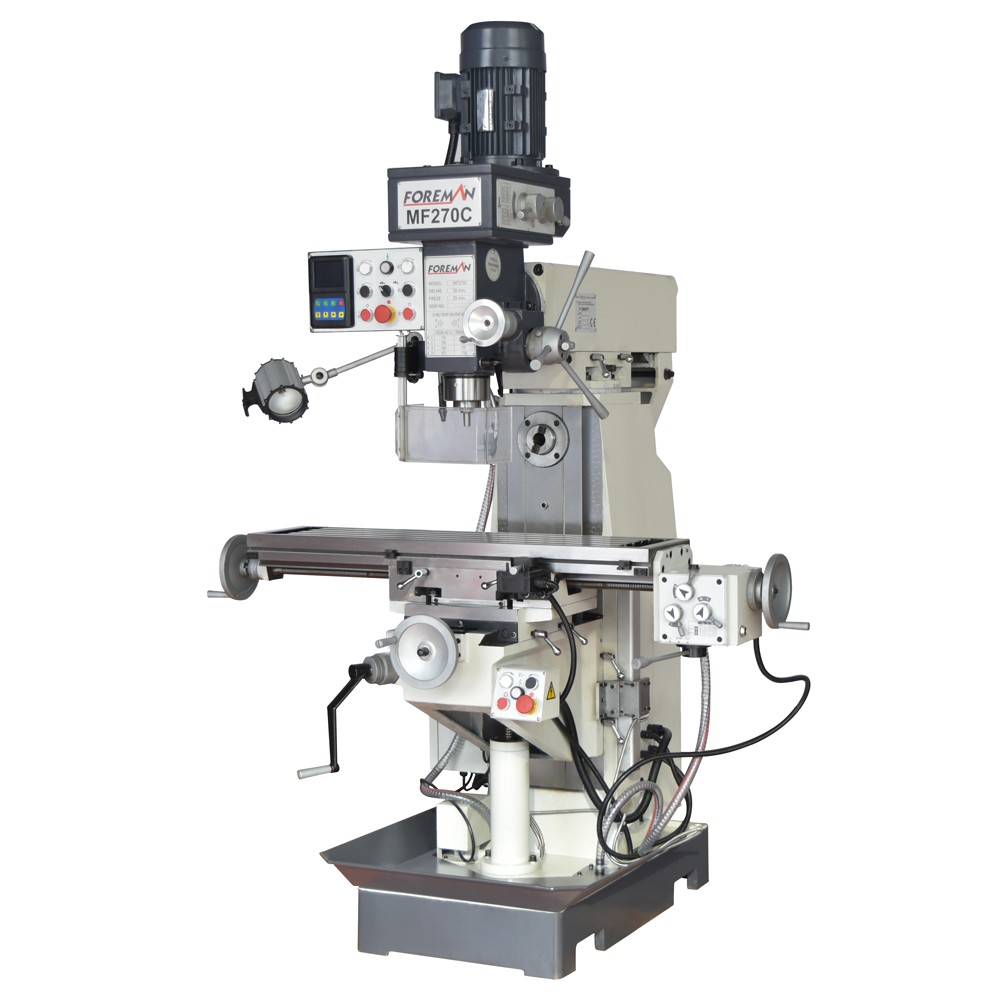
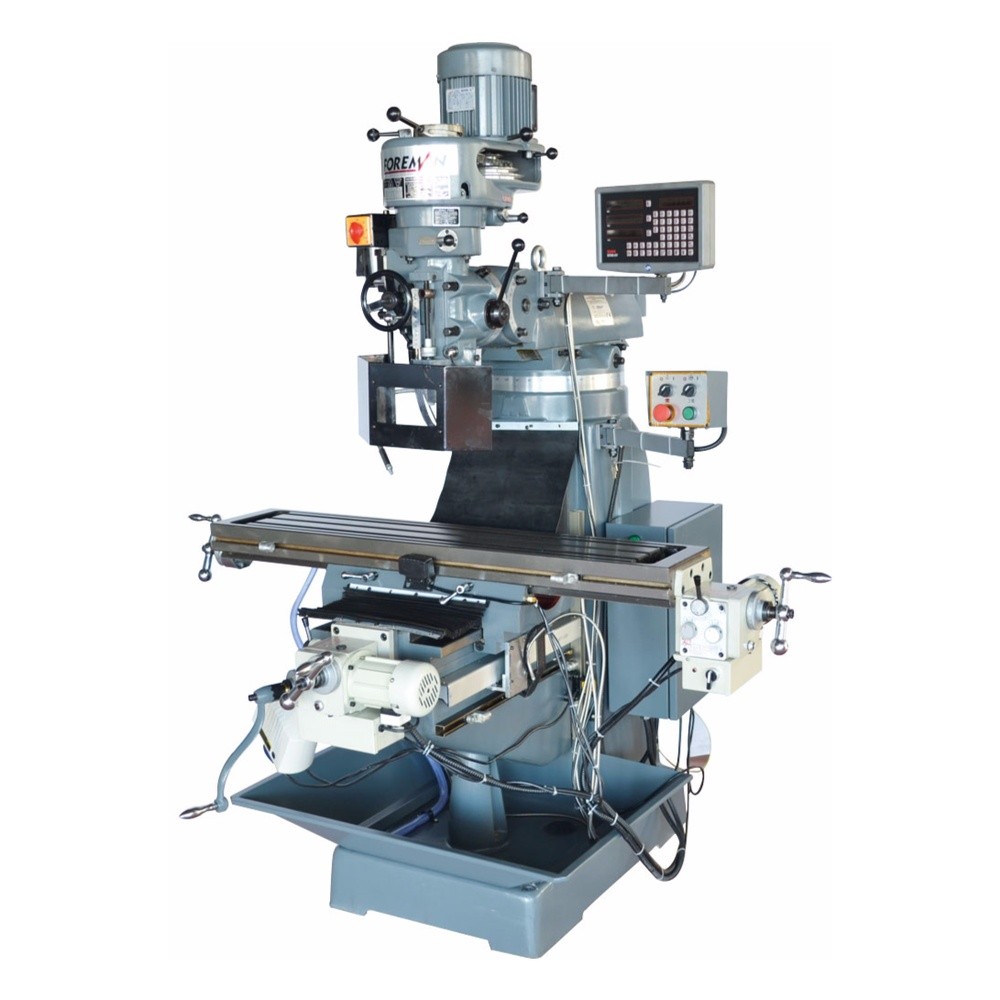
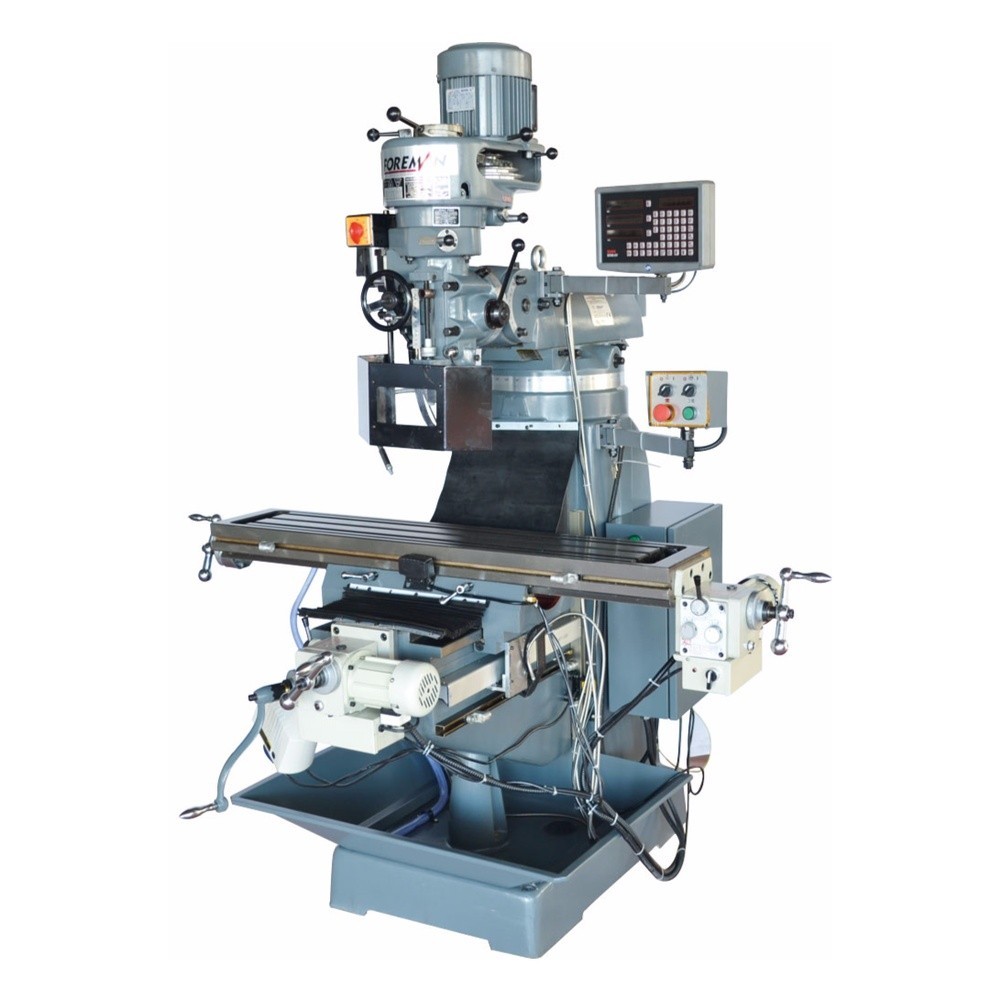
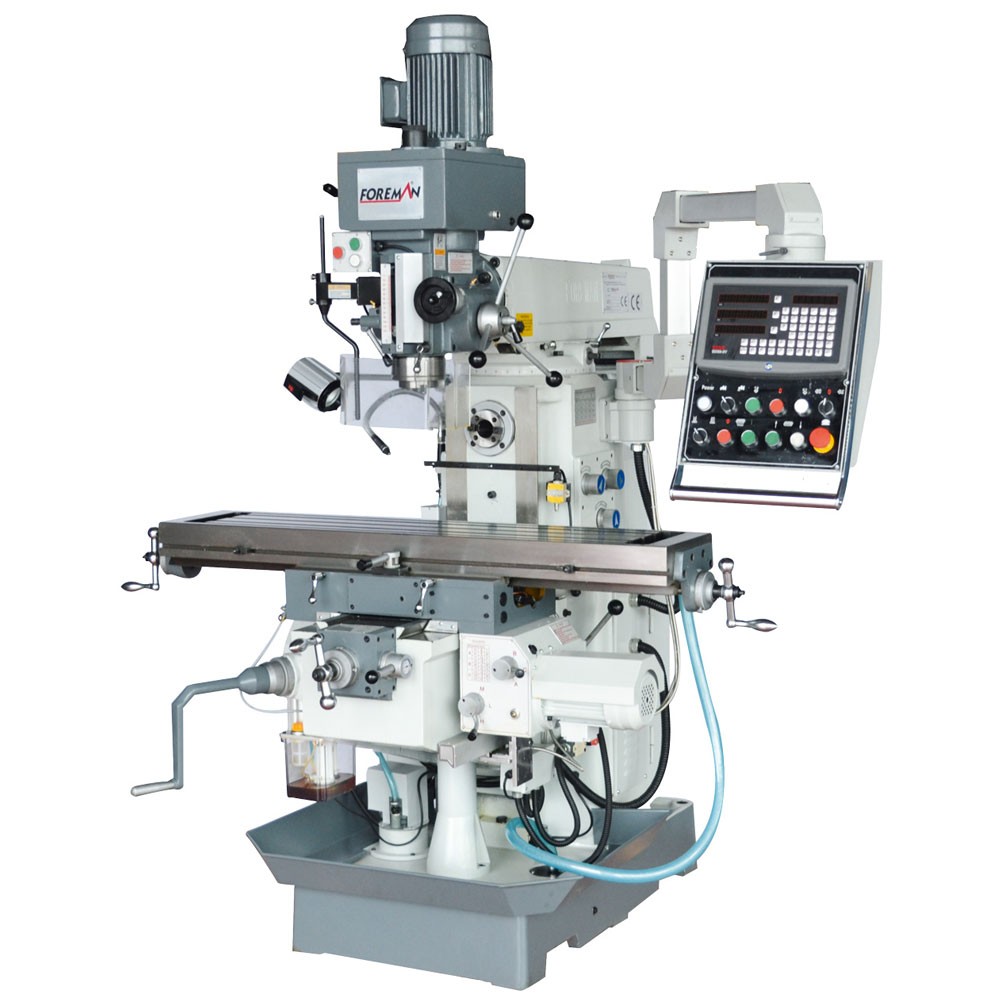
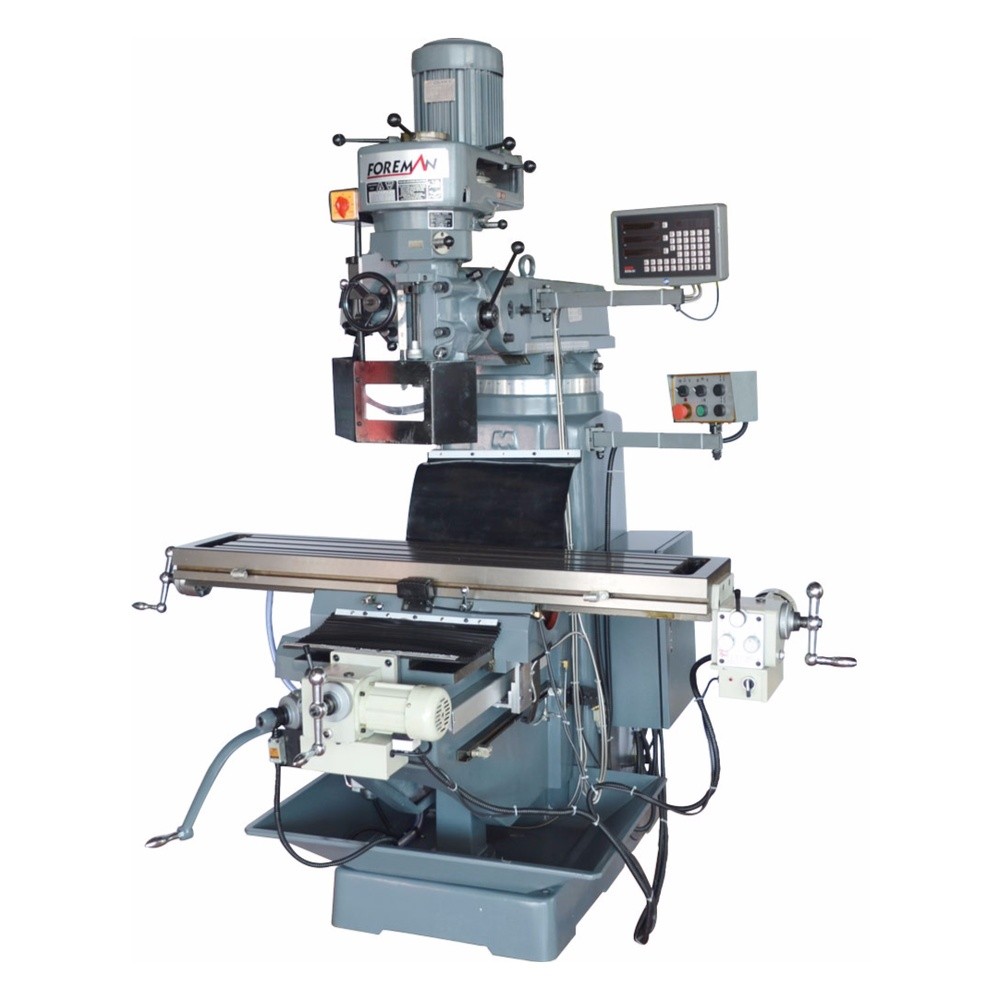
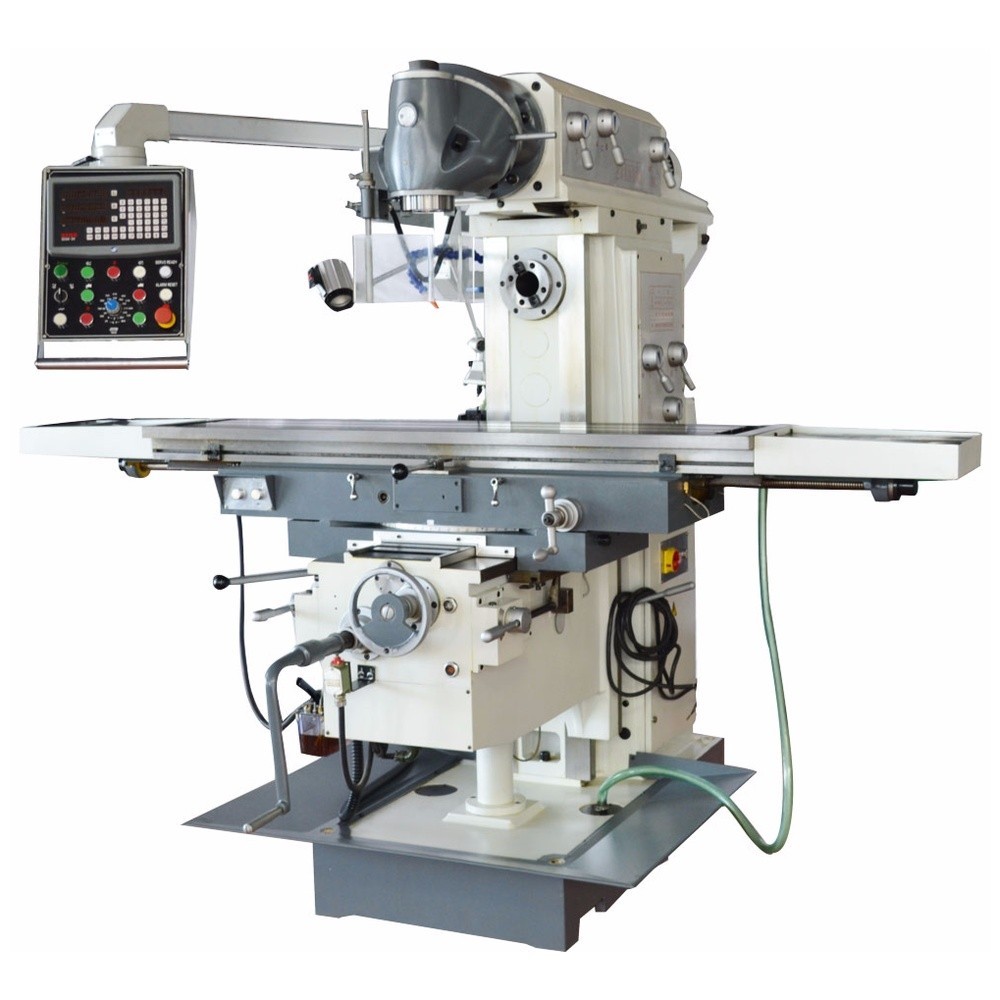
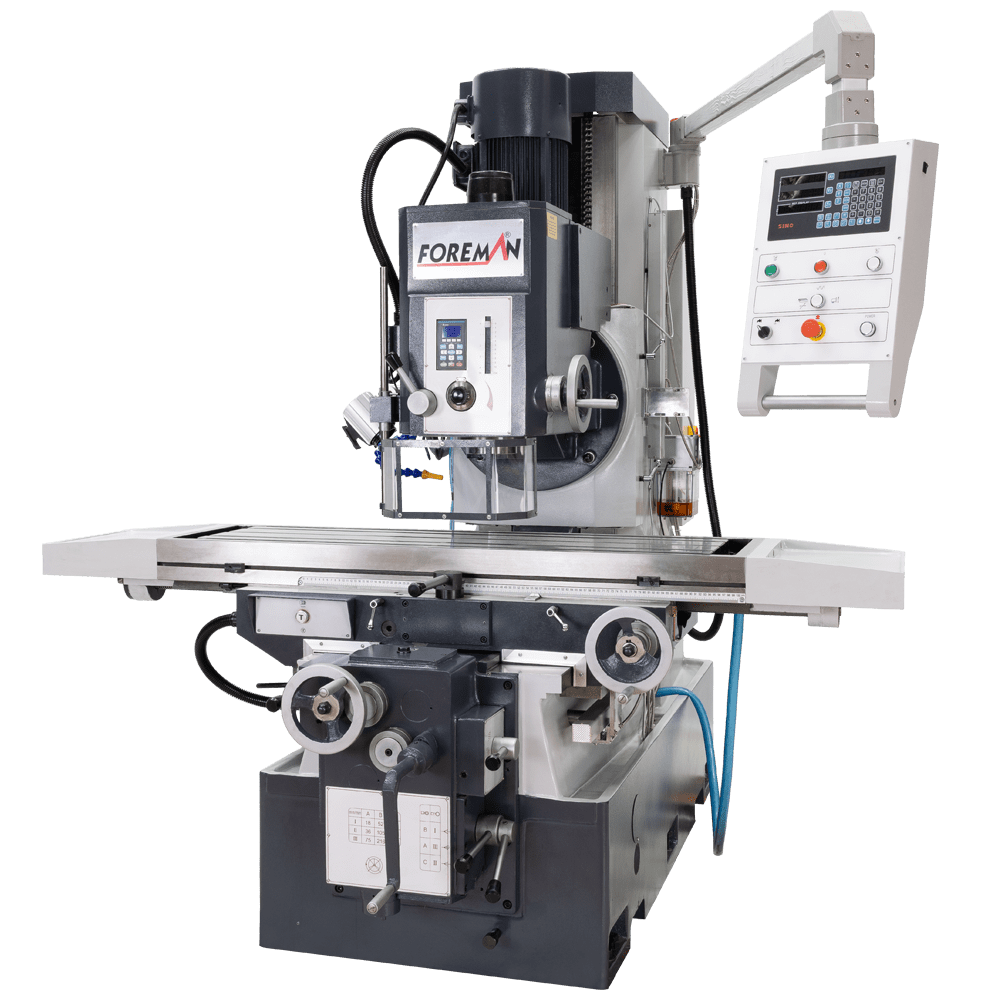
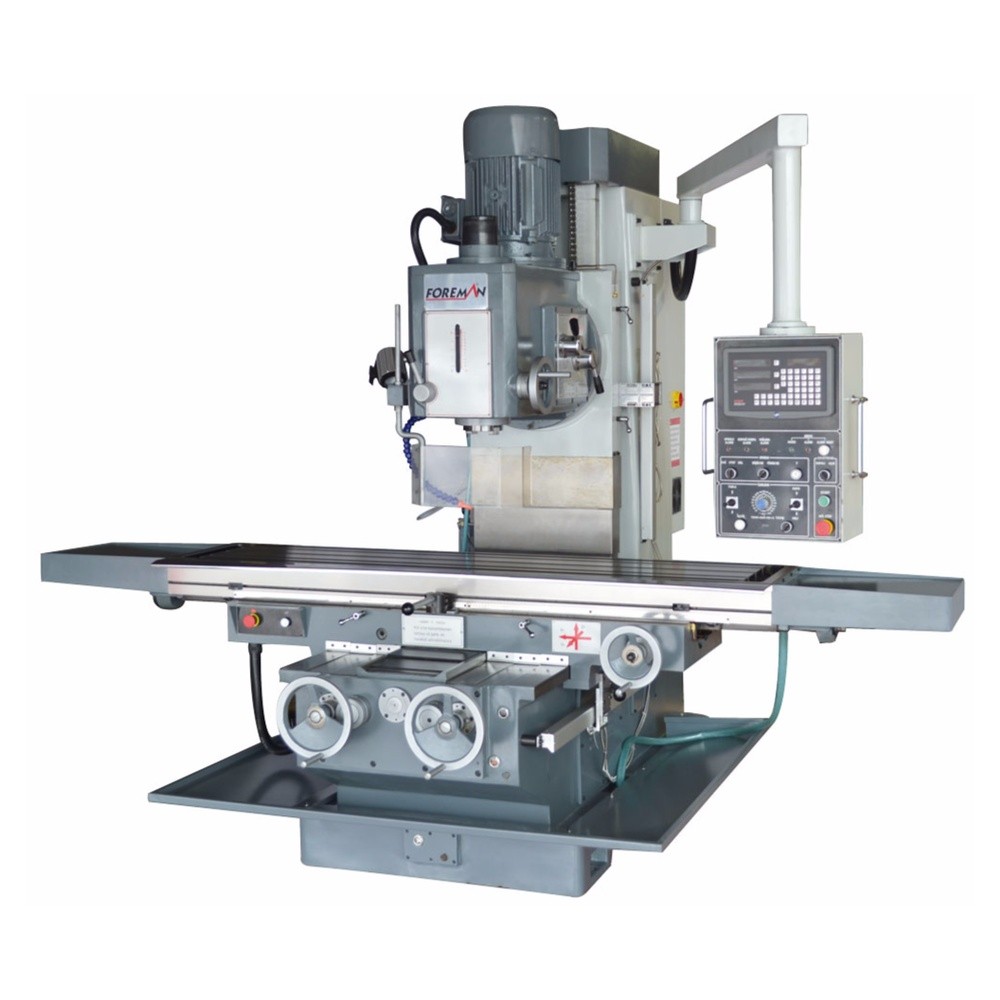
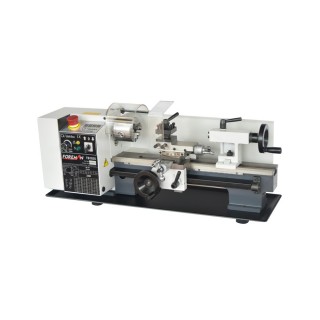
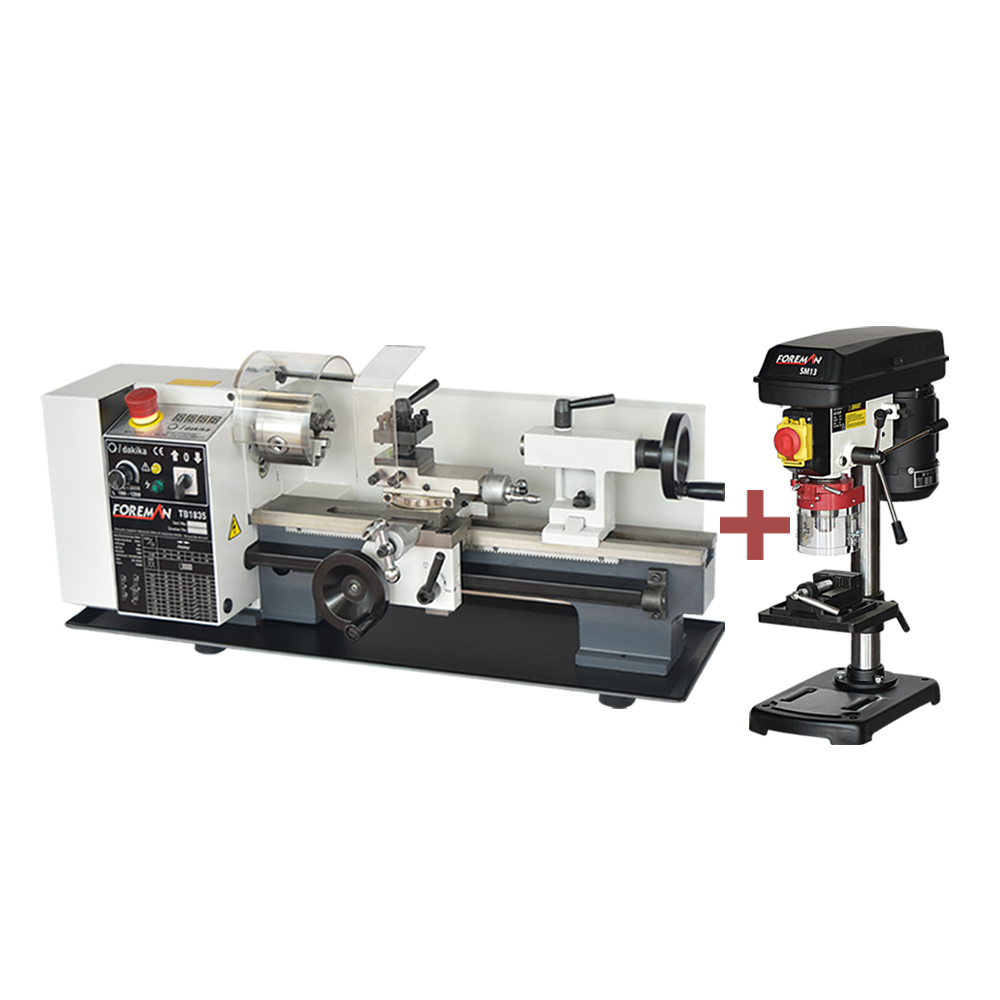
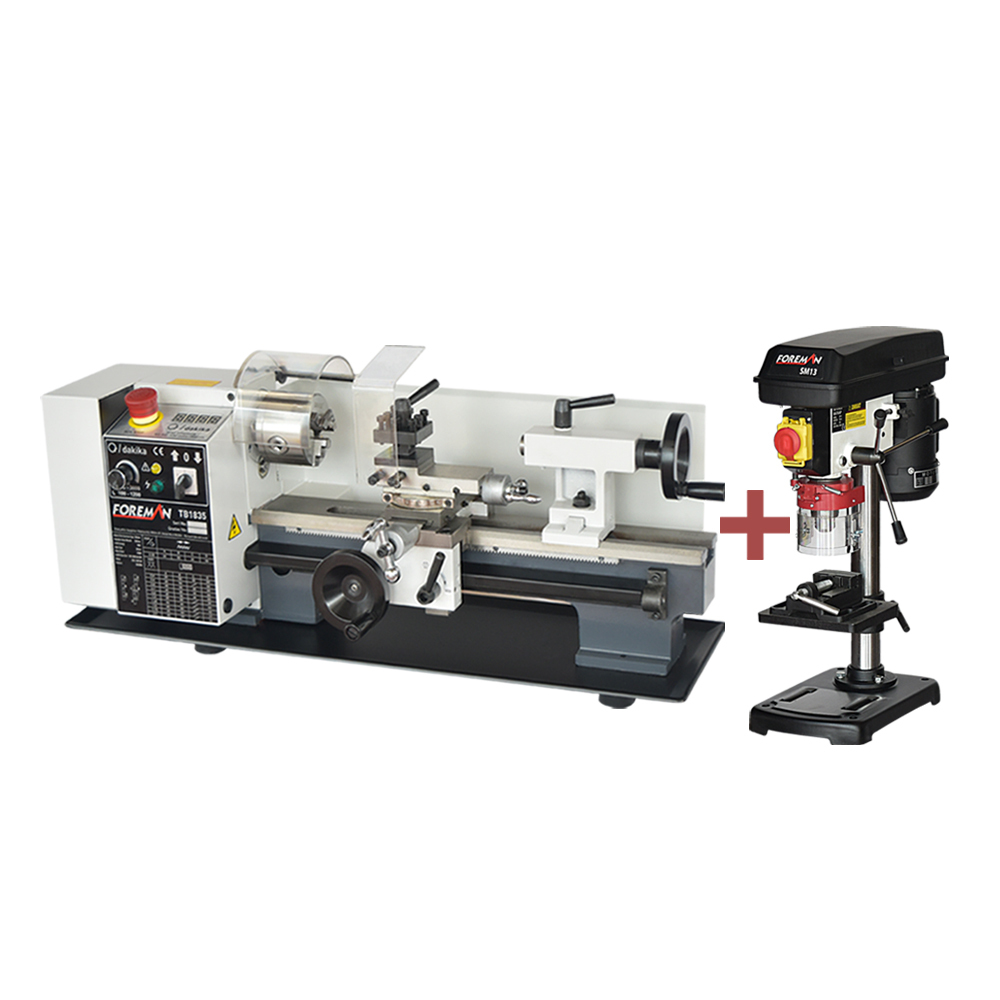
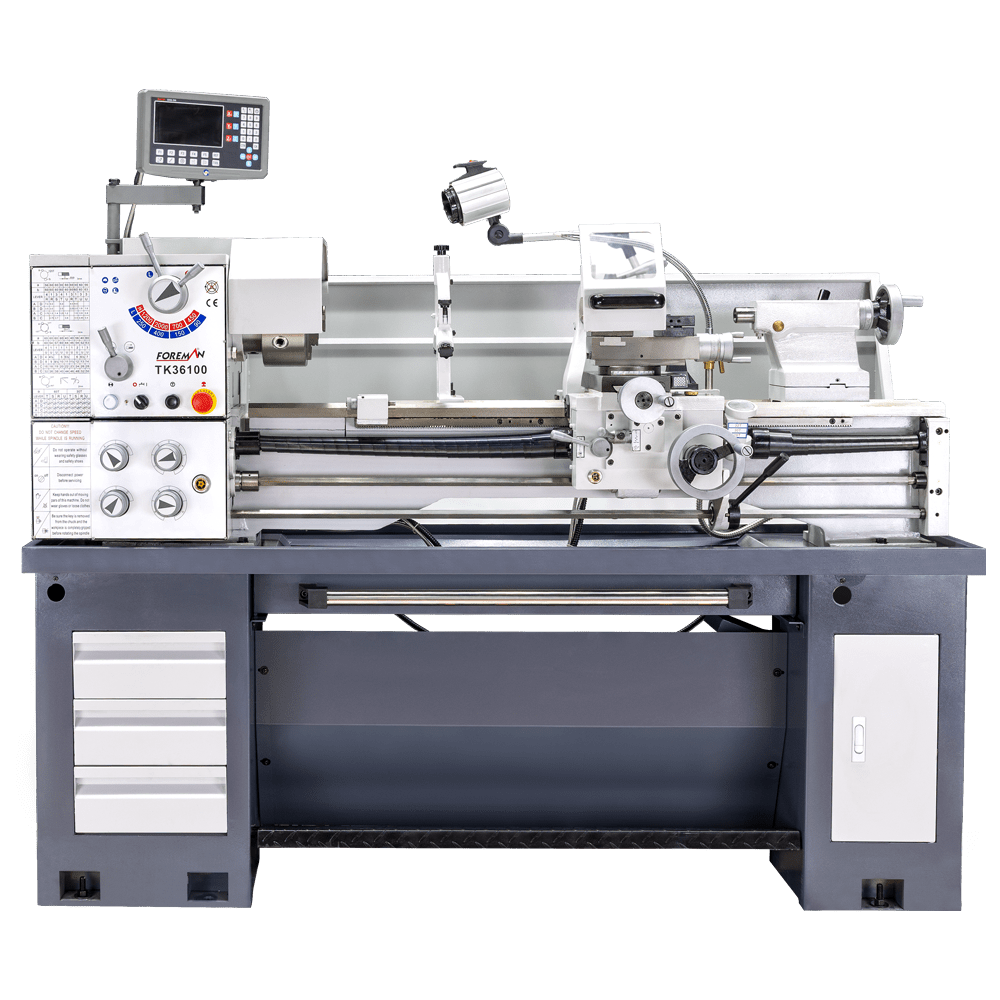
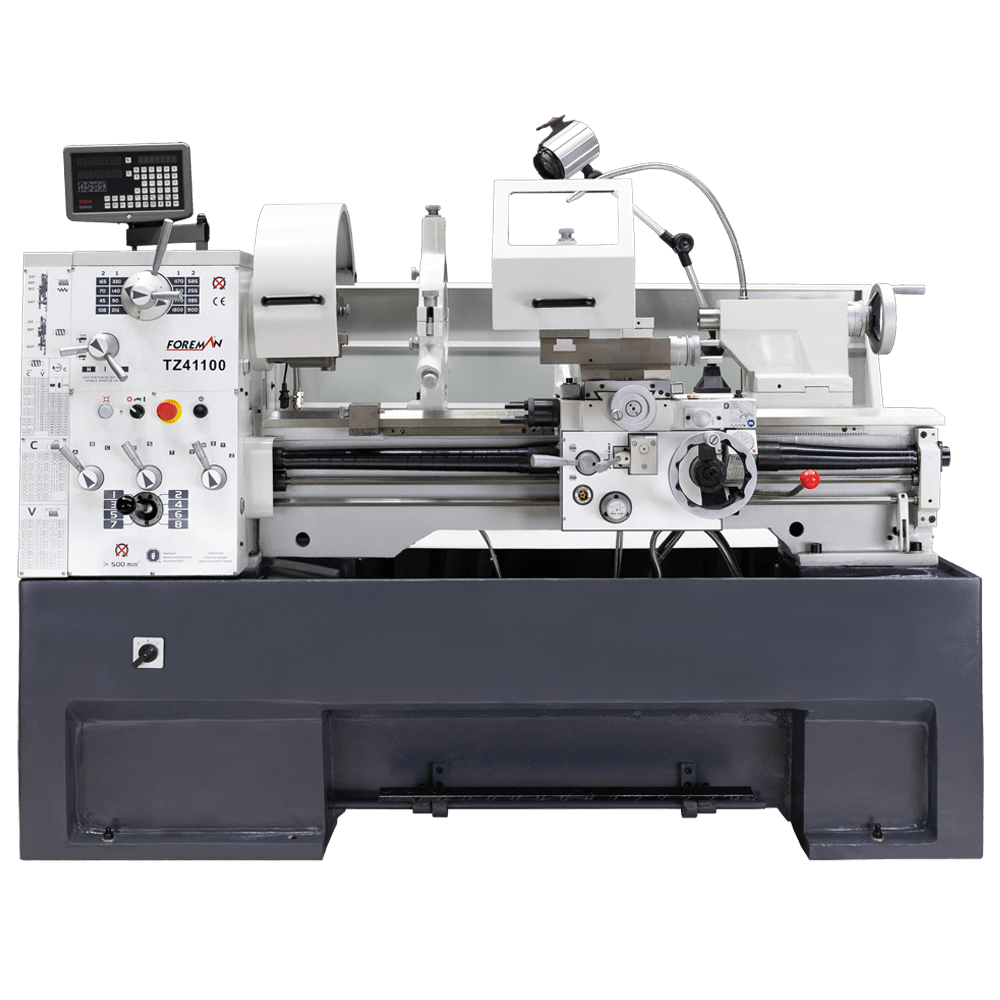
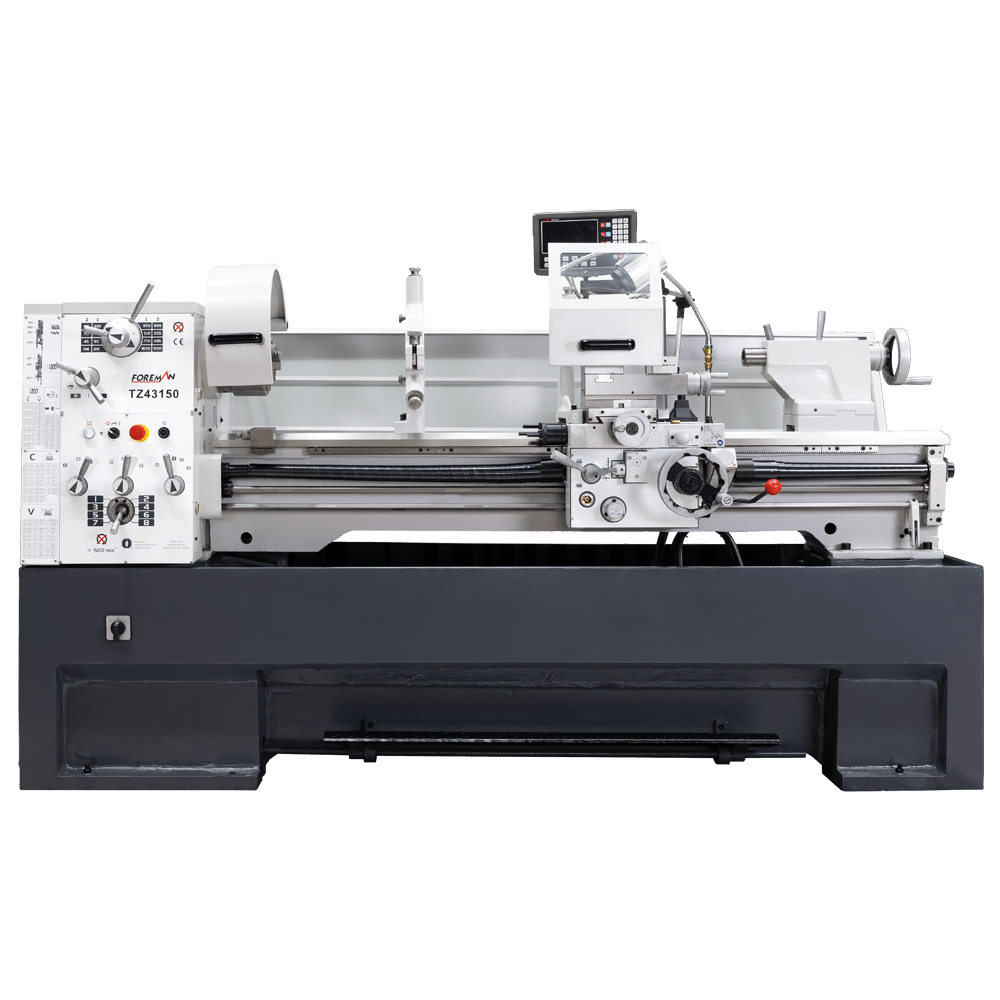
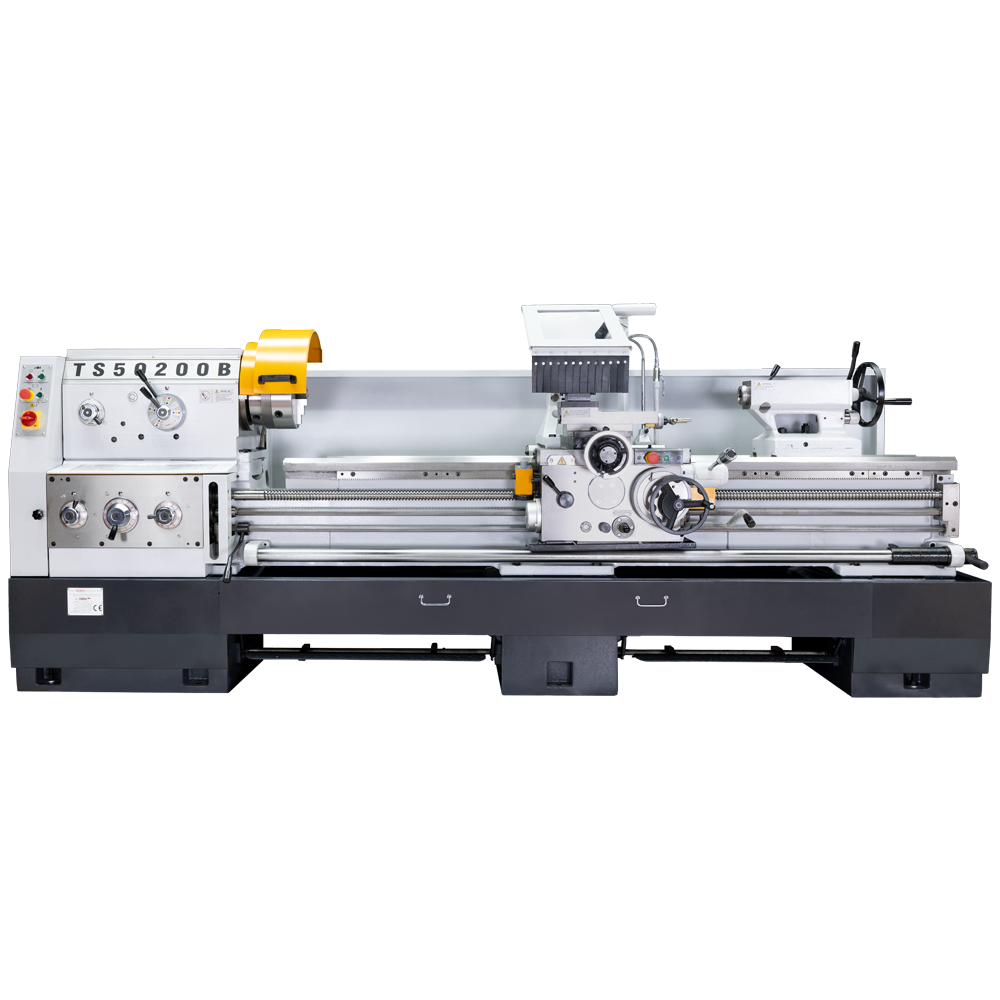
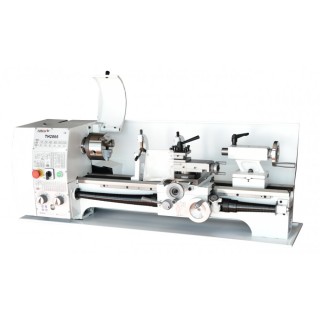
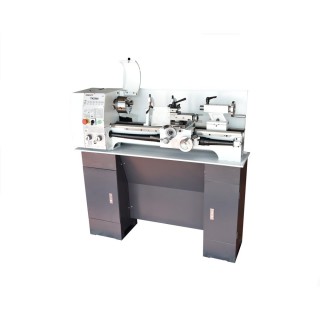
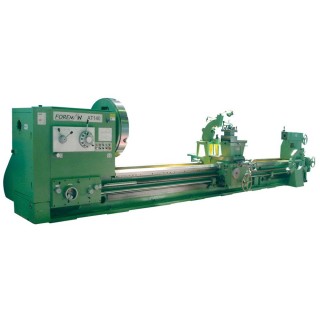
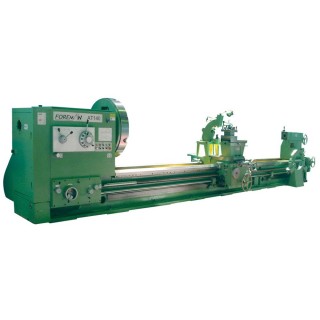
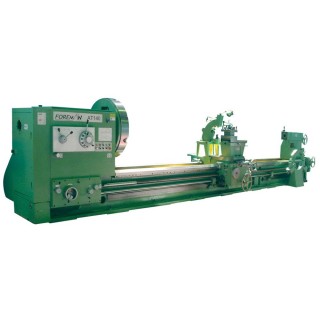
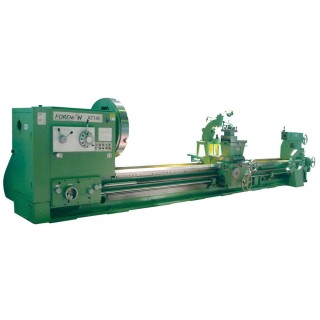
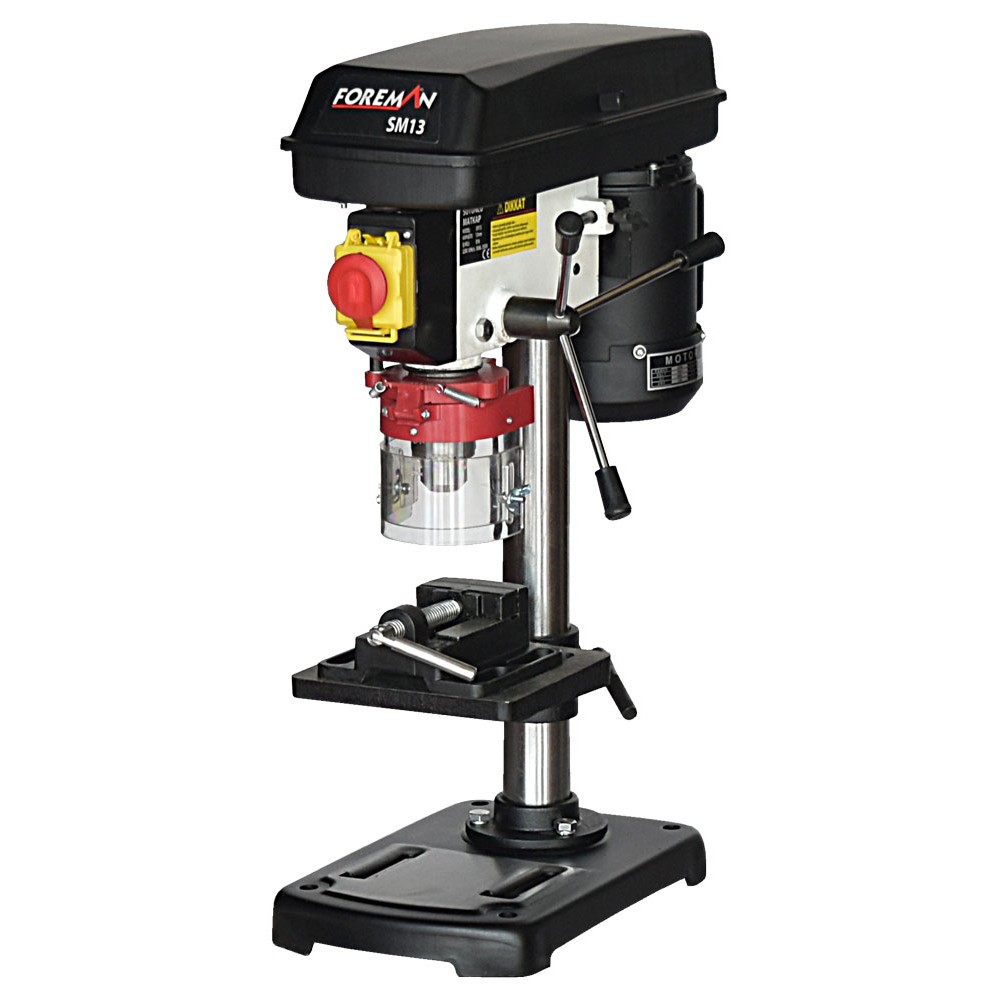
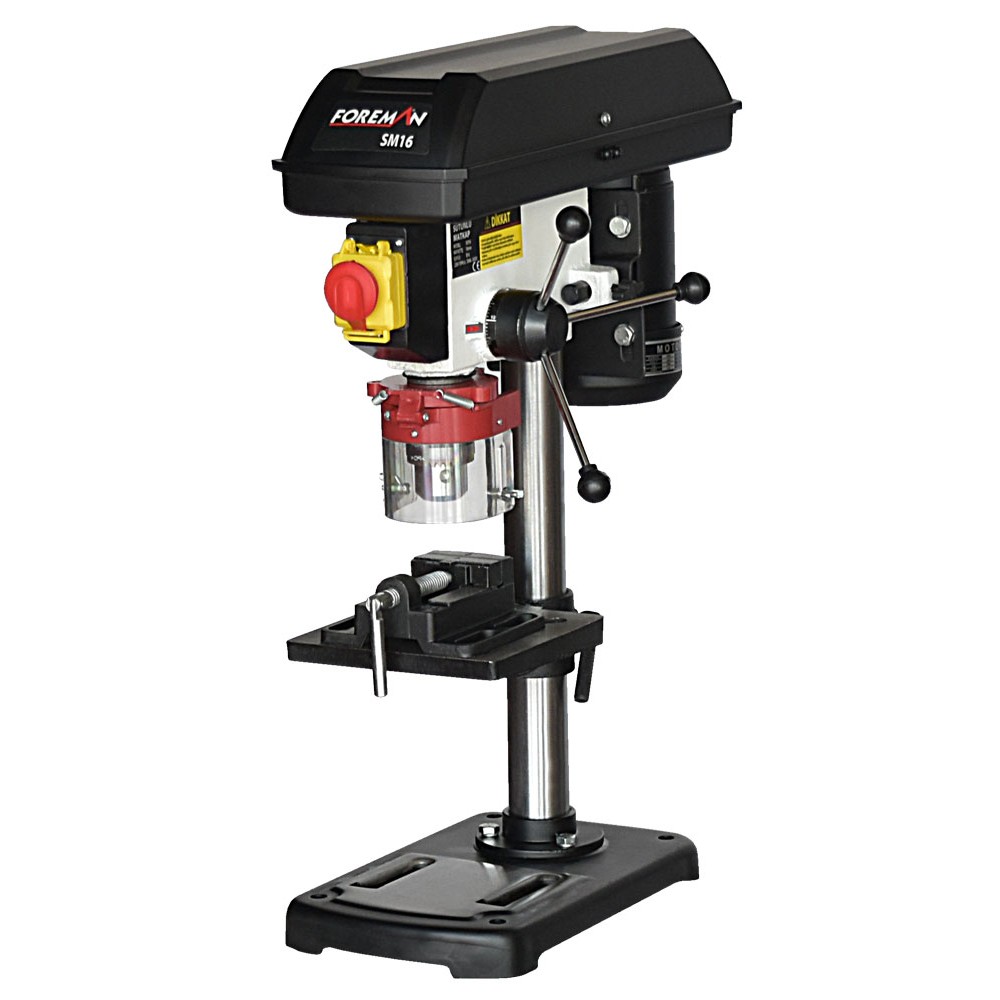
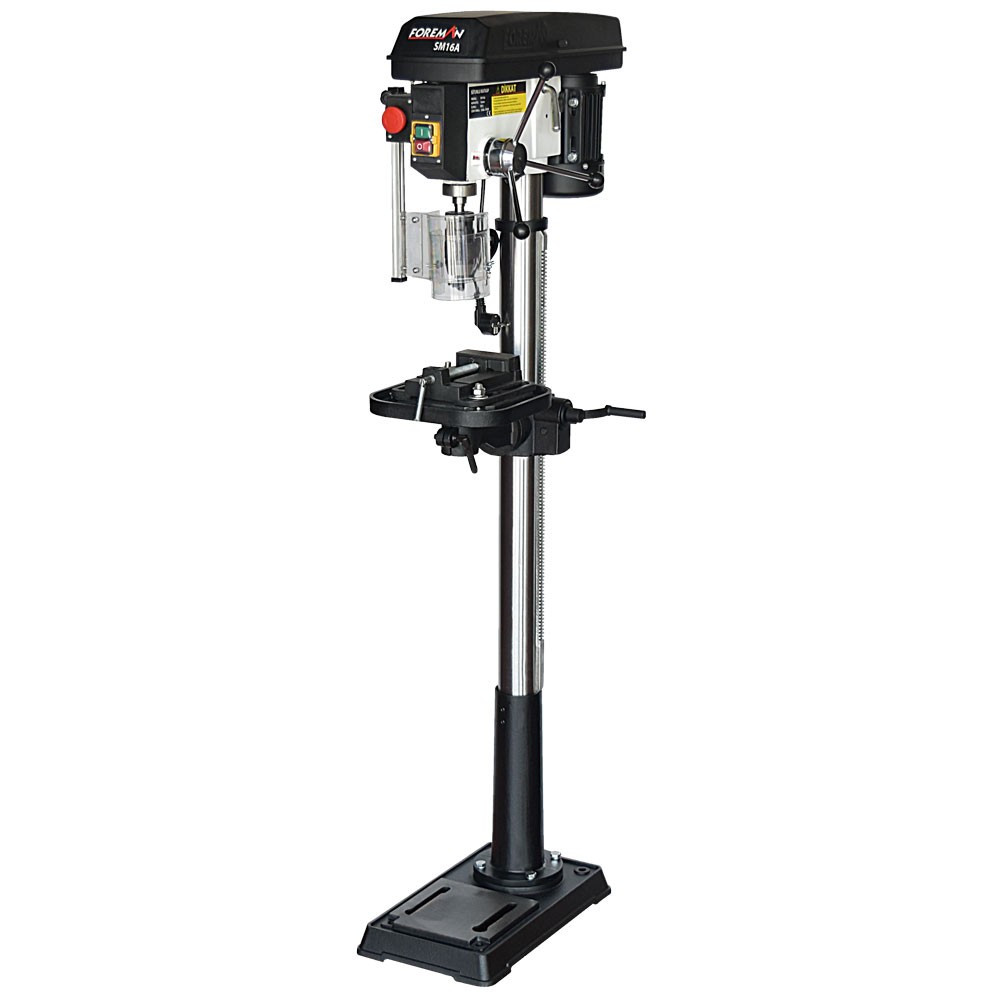
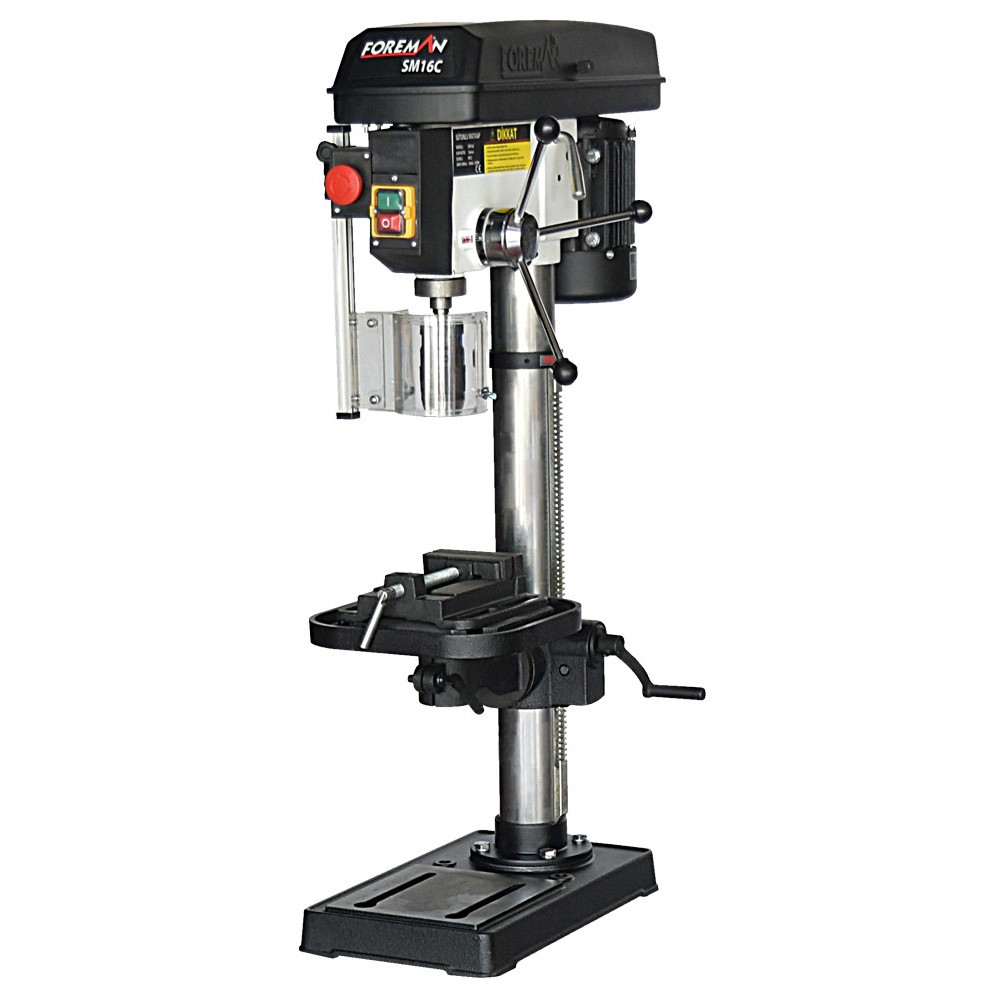
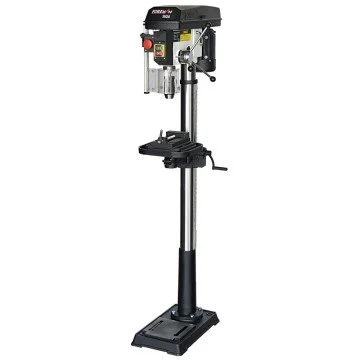
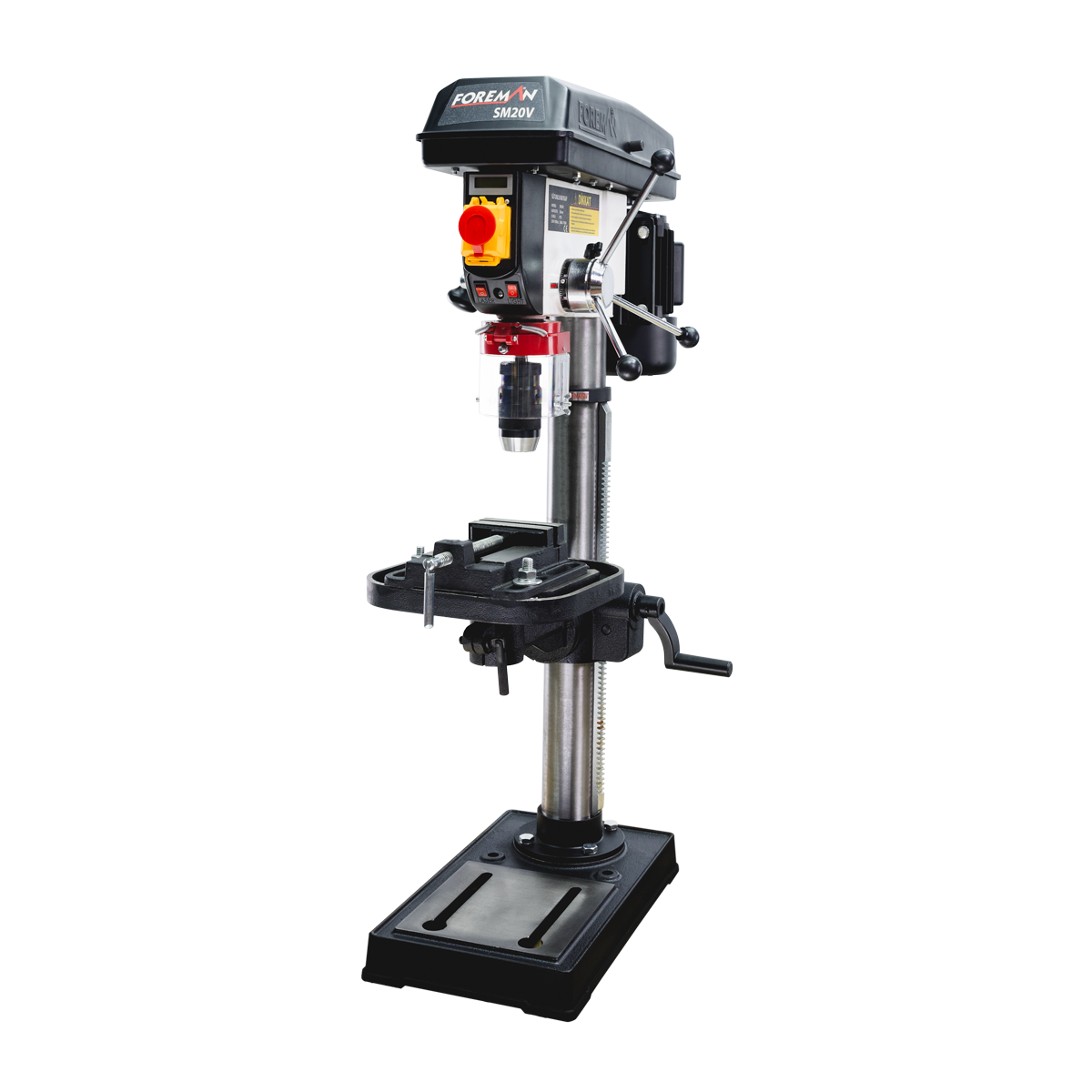
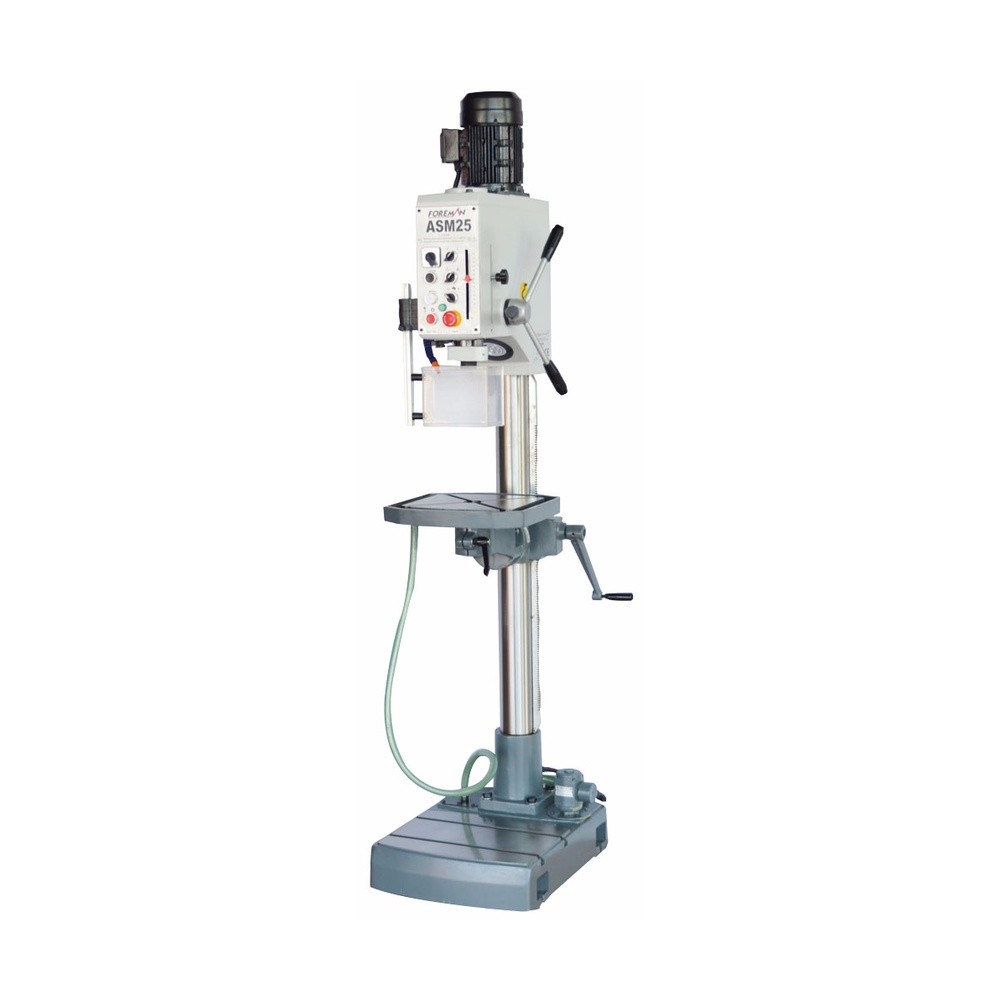
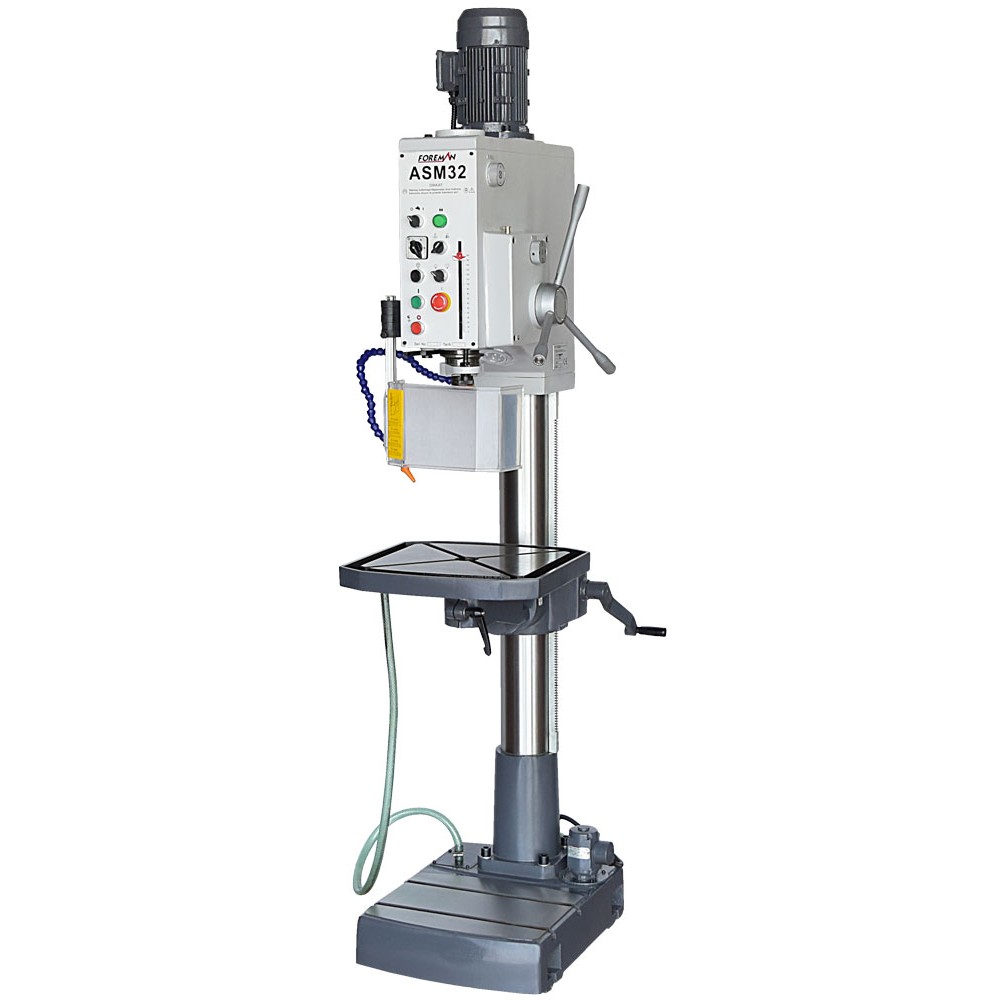
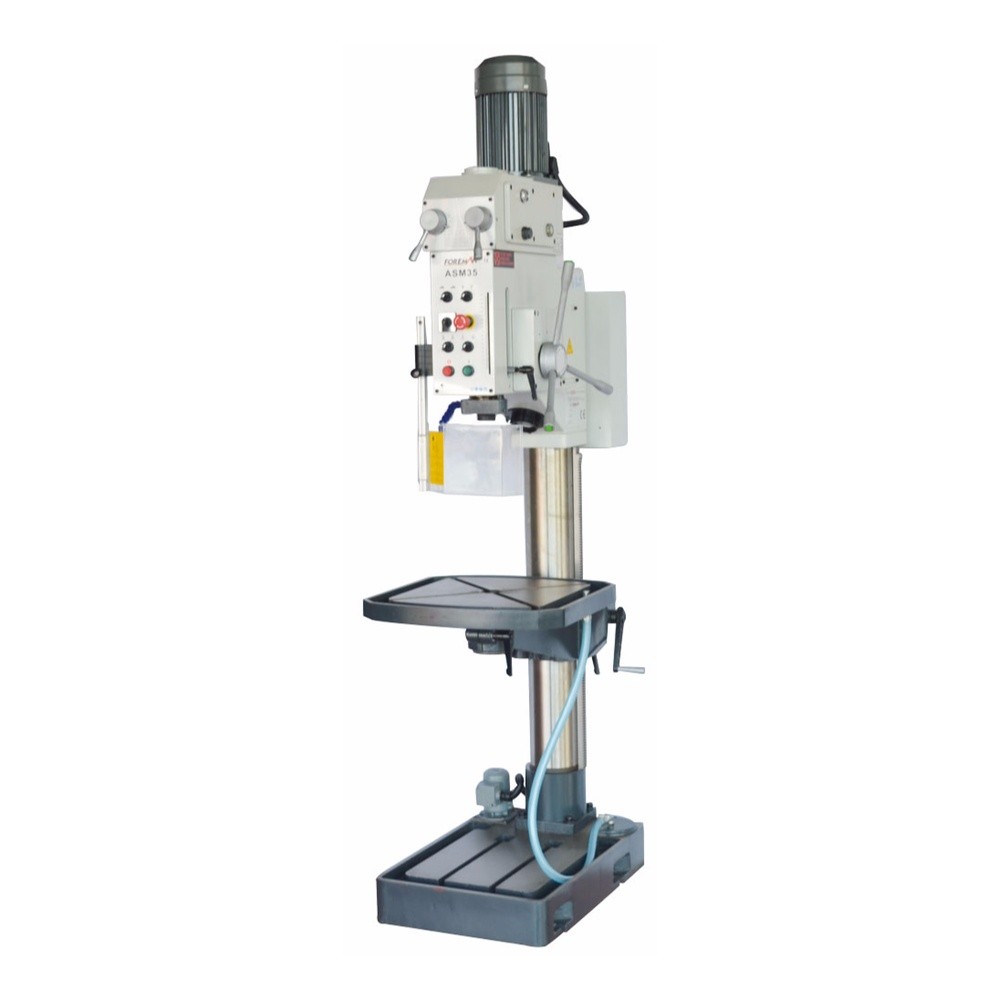
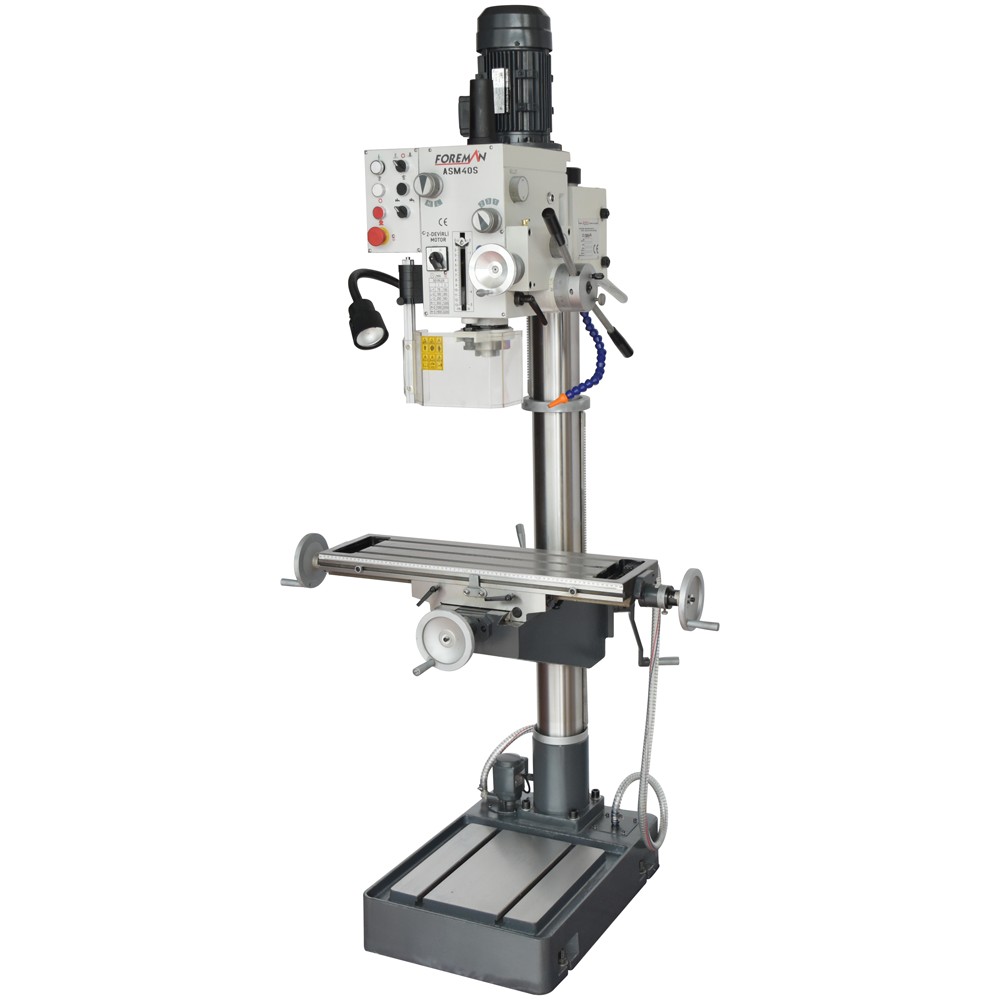
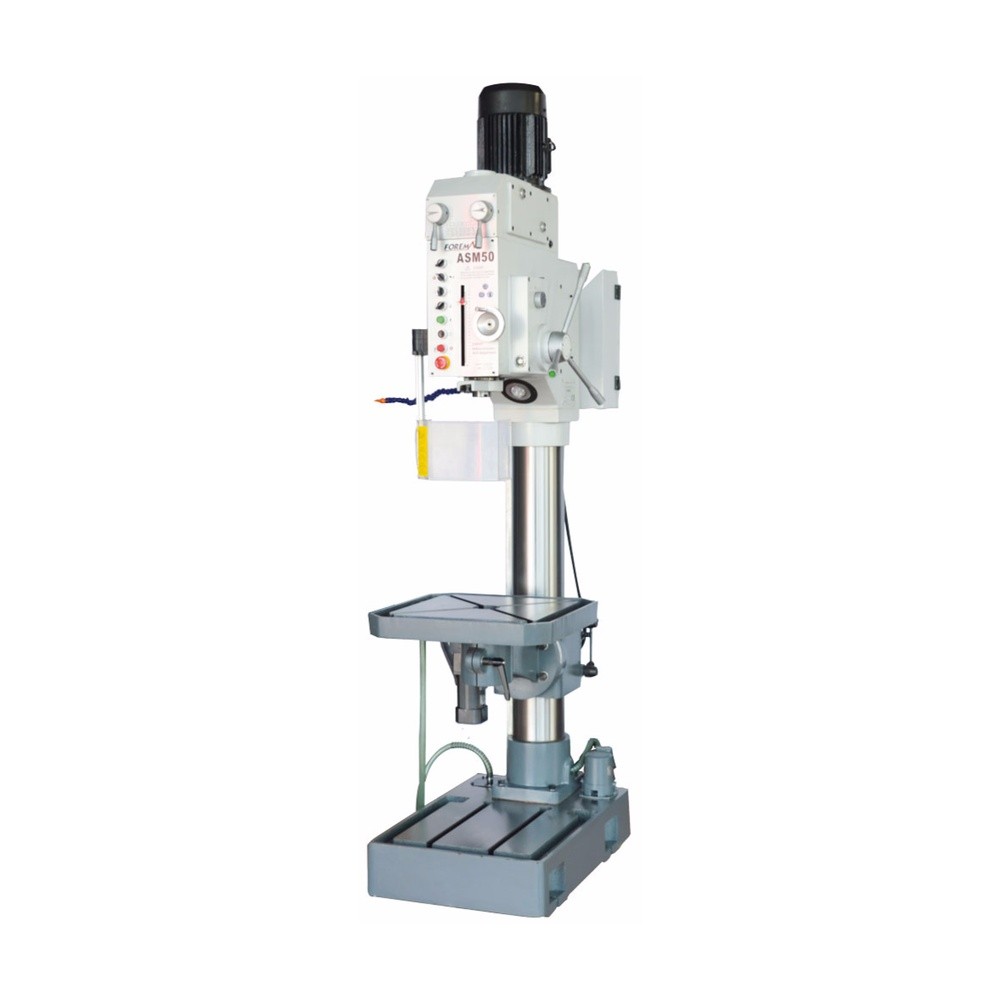
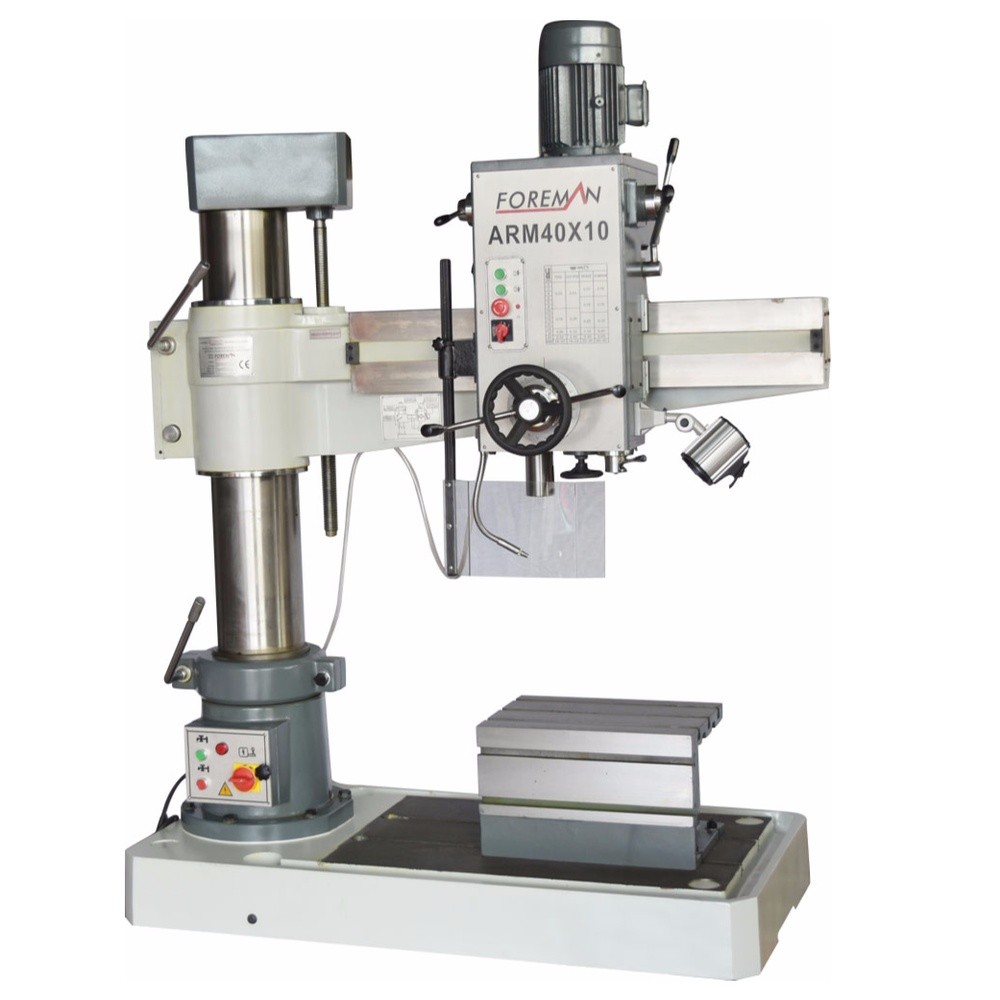
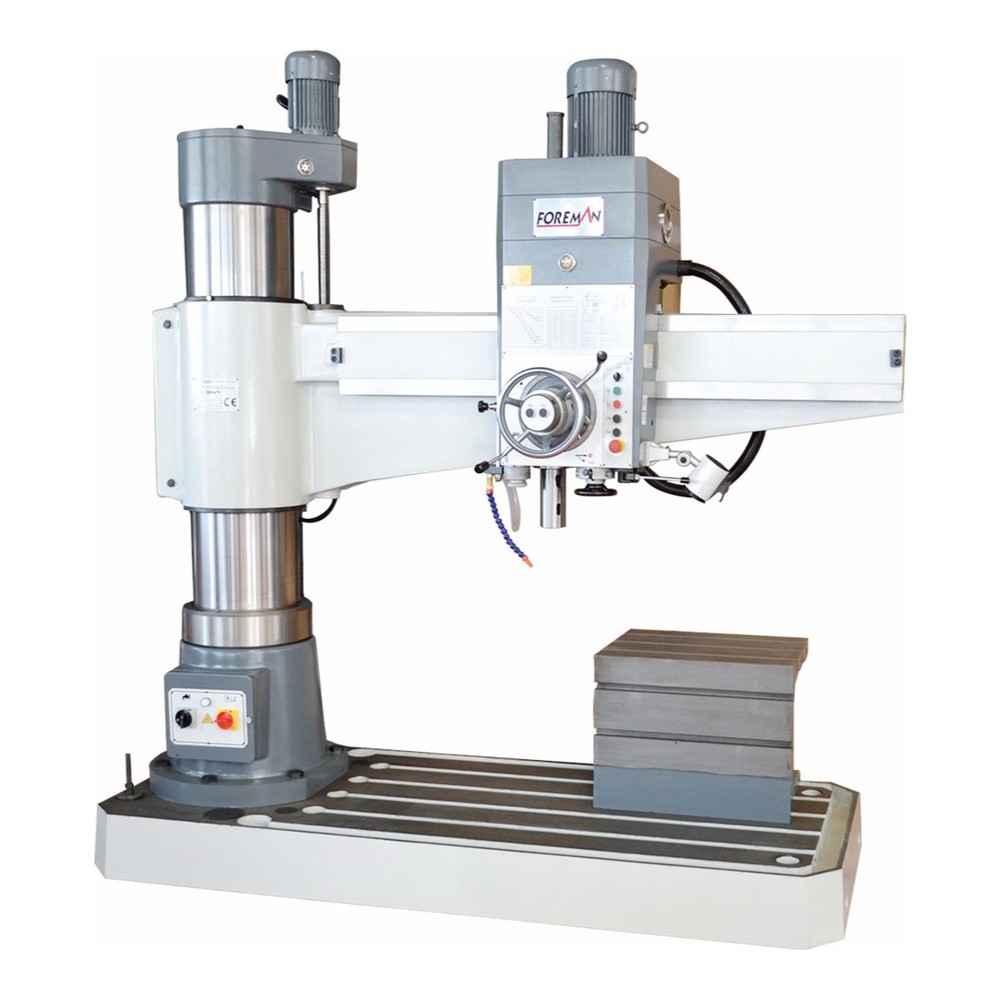
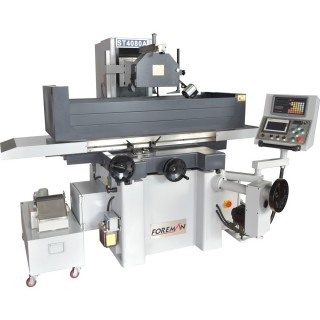
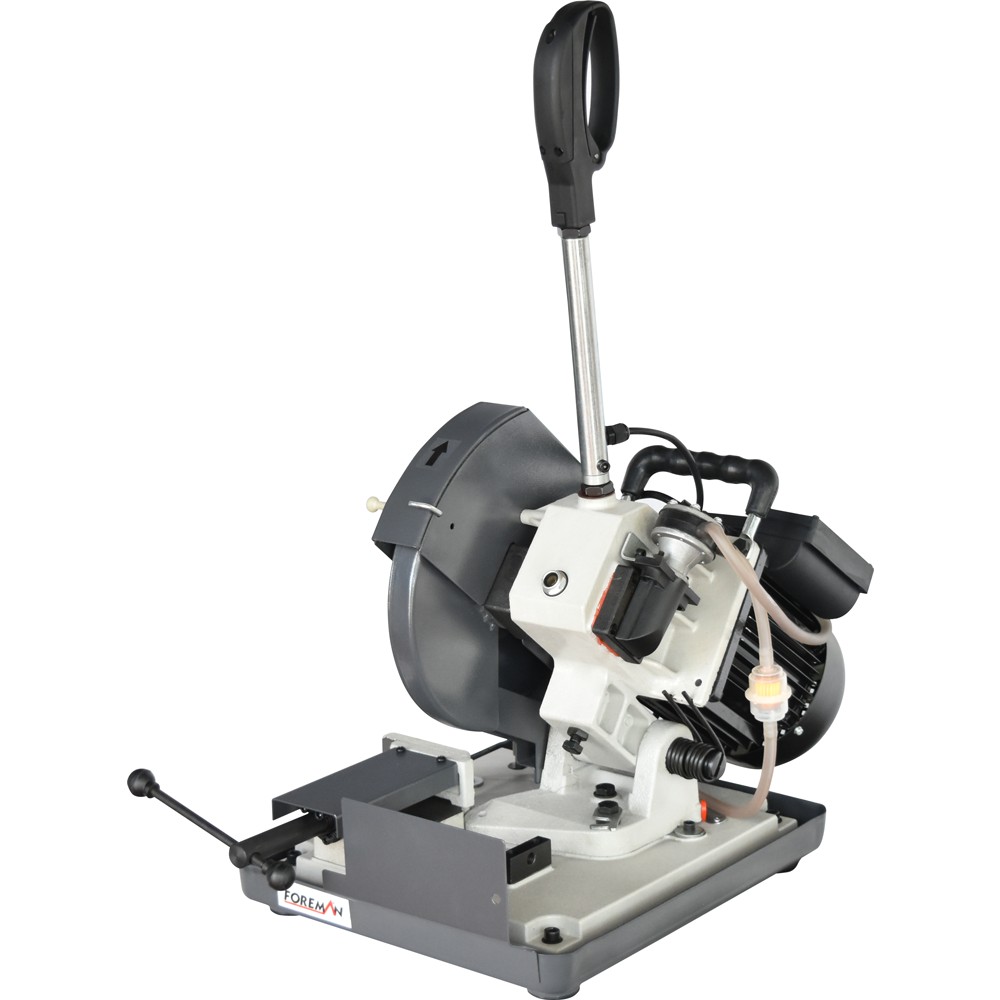
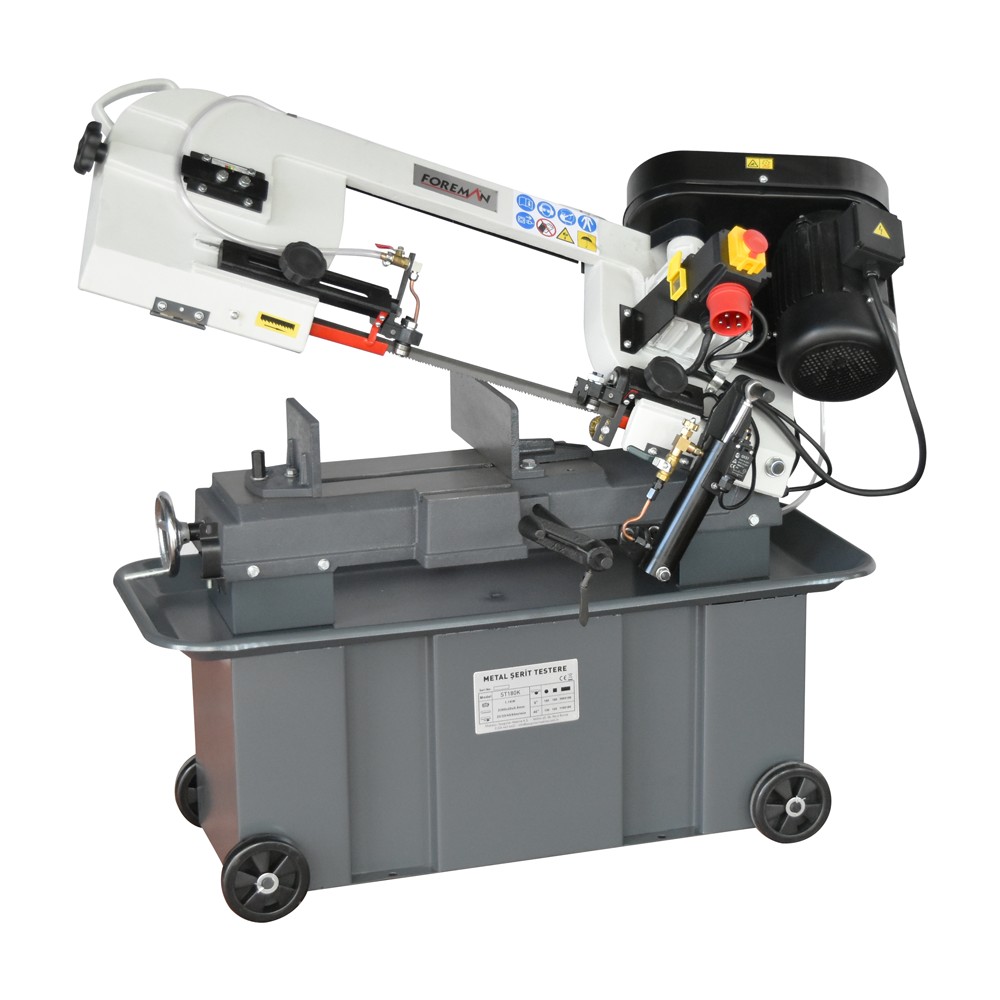
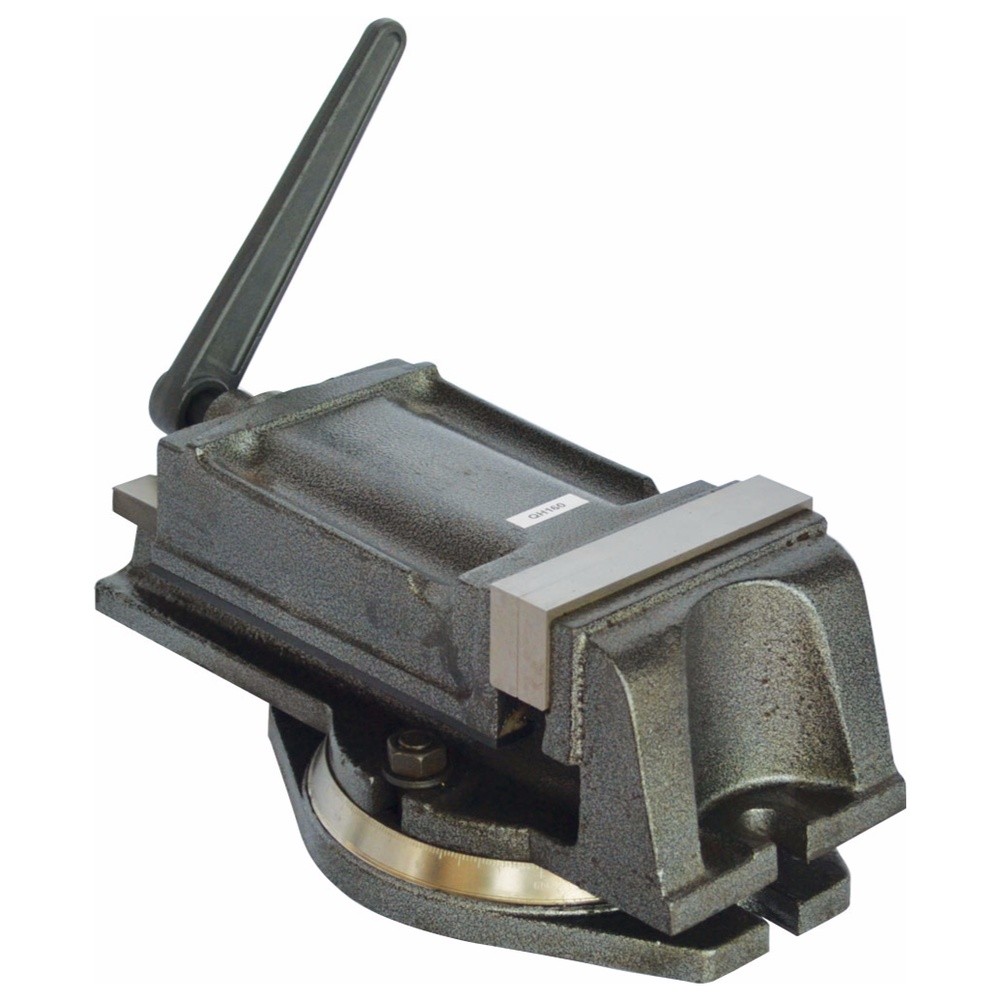
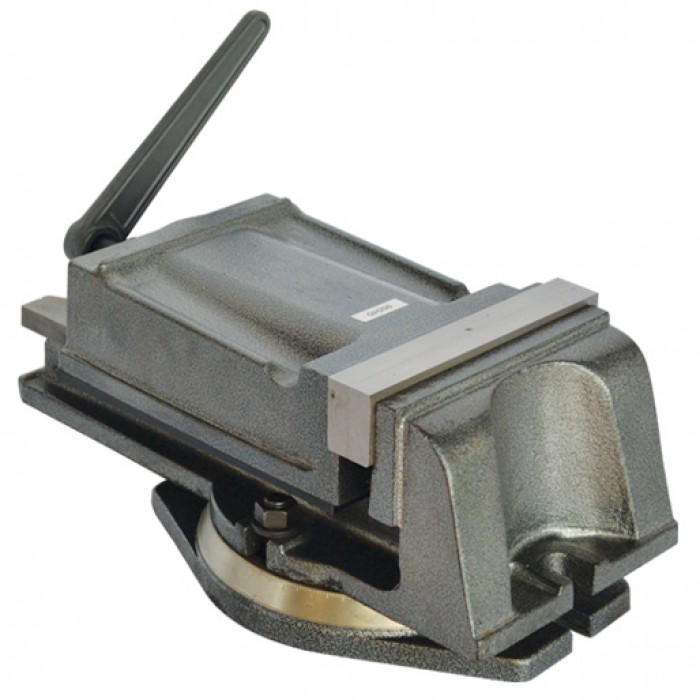
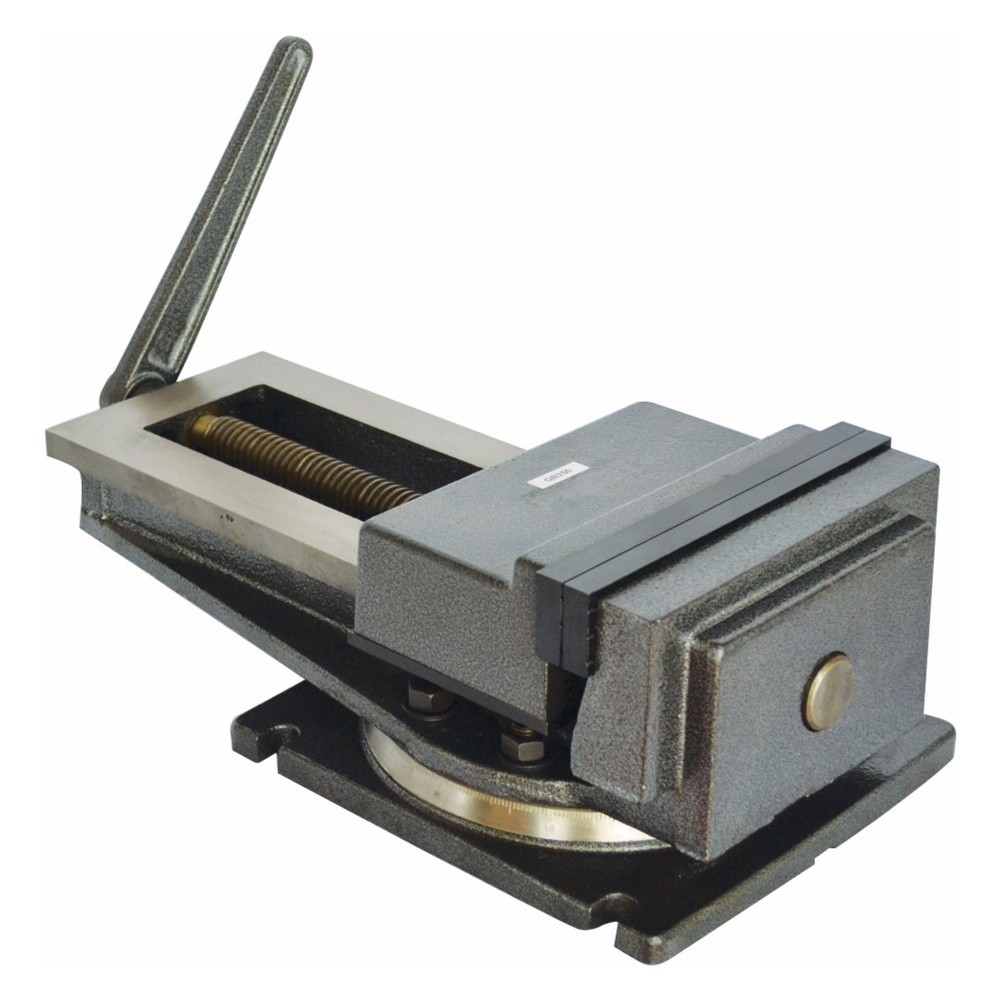
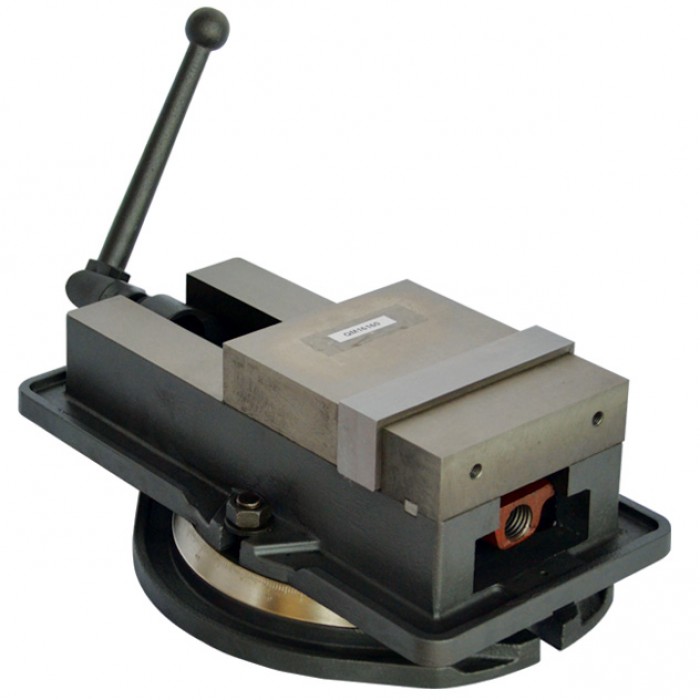
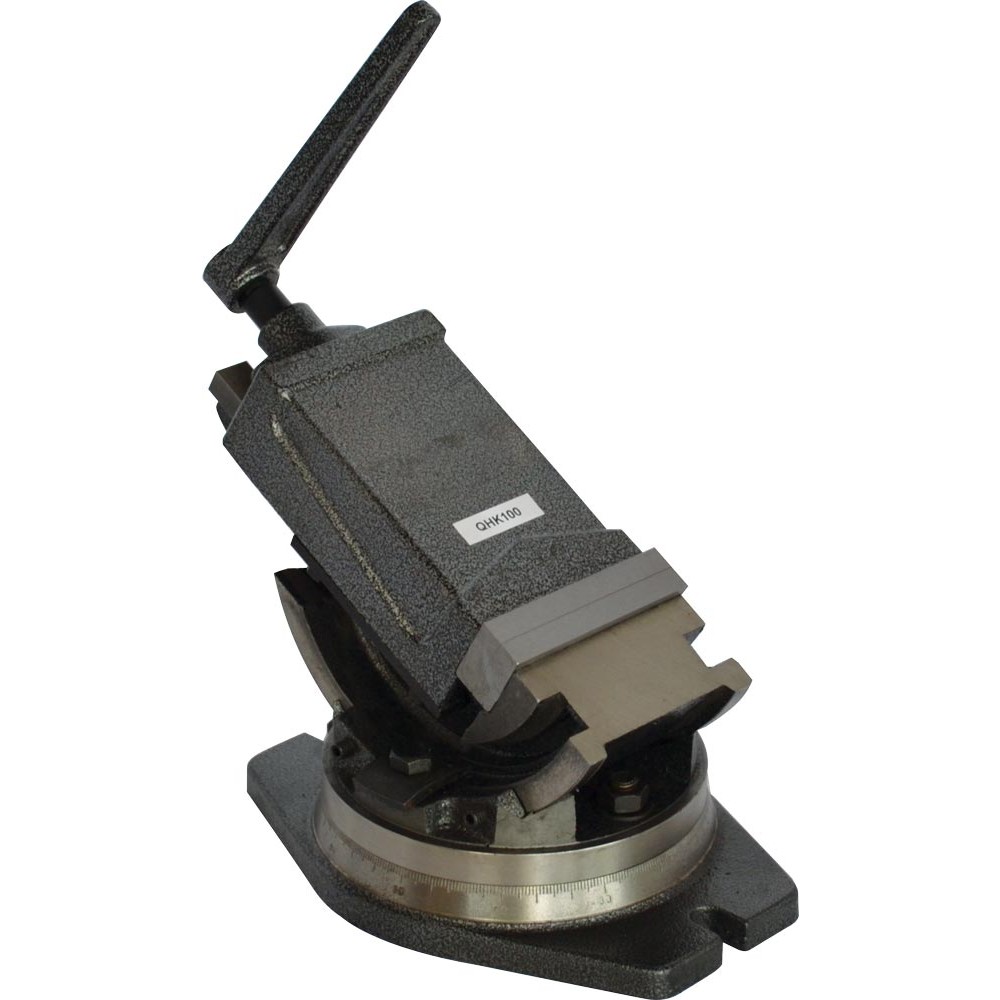
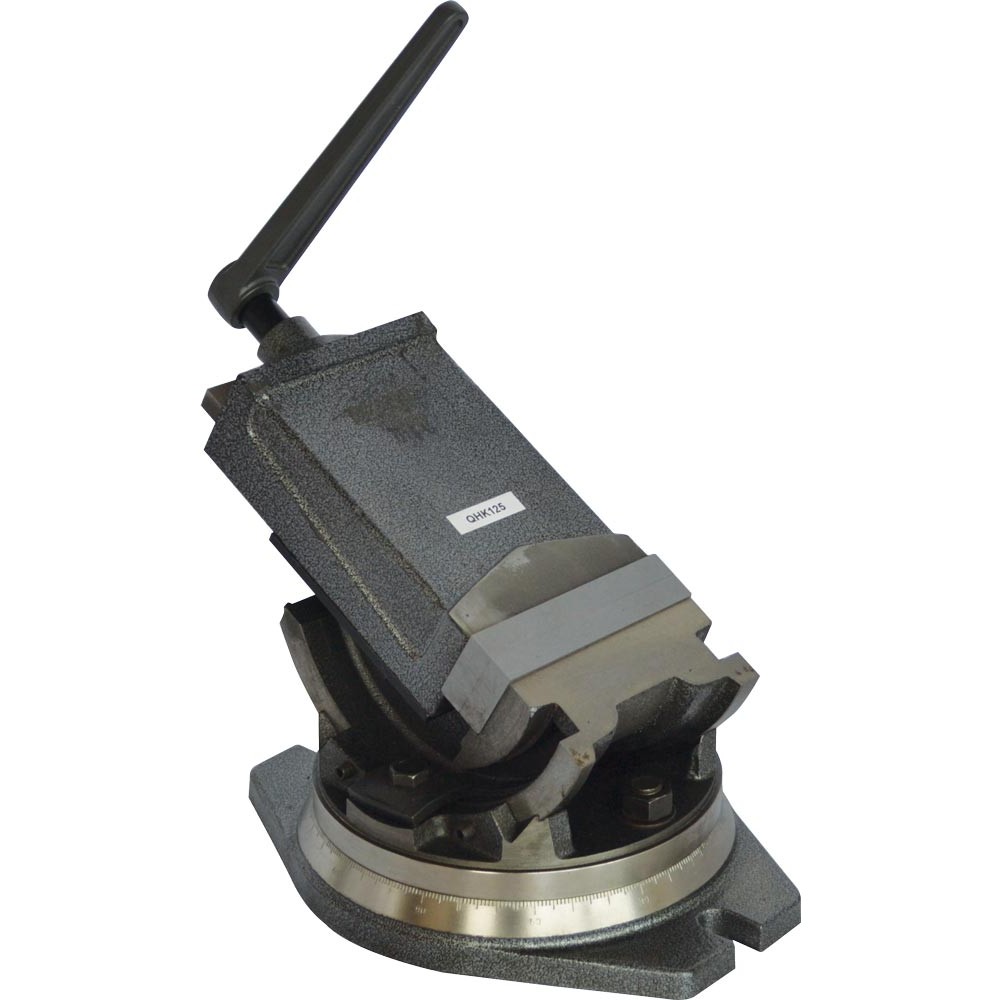
_zkmmzopp1k.jpg)
